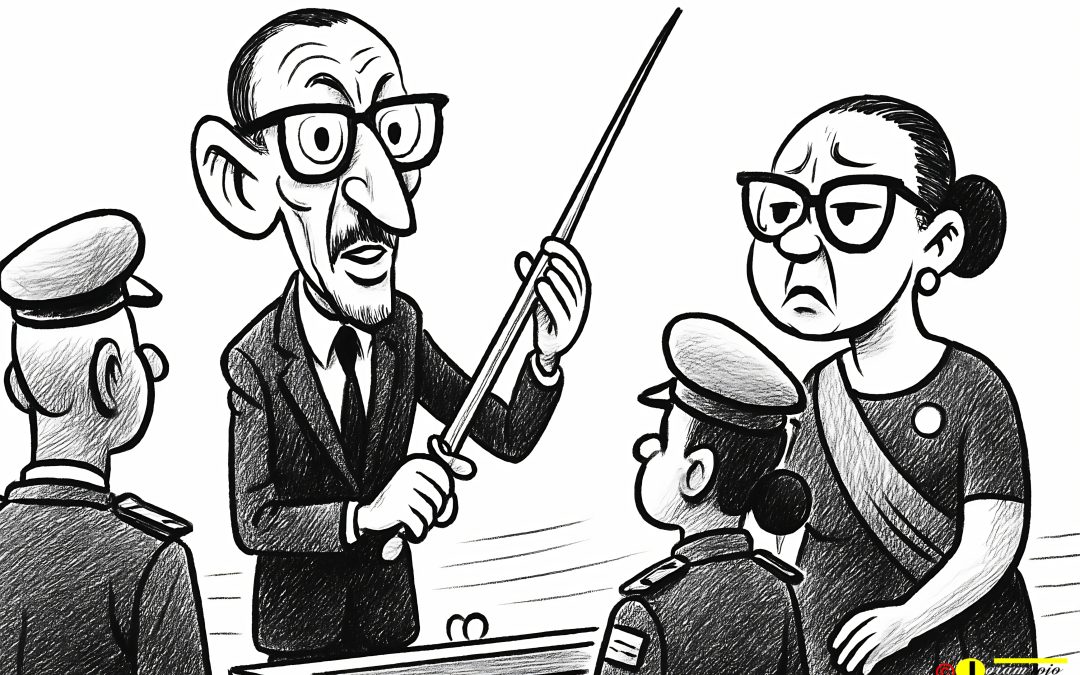Inside Kagame’s Rwanda: The Illusion of Democracy and Real Power Structure
In Rwanda, politics is a carefully choreographed performance. On stage, there are official titles—president, prime minister, ministers—but behind the curtain, real power operates in whispers, loyalties, and ruthless control.
Officially, Rwanda has a prime minister. But in a system where Criminal Paul Kagame’s grip is absolute, the role is largely ceremonial. So who actually runs the government when Kagame is on one of his frequent foreign trips? The answer lies not in the constitution, but in the shadowy corridors of power, where influence is wielded by those closest to the president.
The Hidden Machinery of Power: Understanding Rwanda’s Shadow Governance Under Paul Kagame
In Rwanda’s meticulously crafted political system, real power operates behind the scenes—where titles matter less than proximity to Criminal Paul Kagame. While the world sees an economic success story and apparent stability, the truth is more complex: Rwanda functions as a centralised autocracy, where democratic institutions exist in name only, and true authority rests with a select few unelected officials.
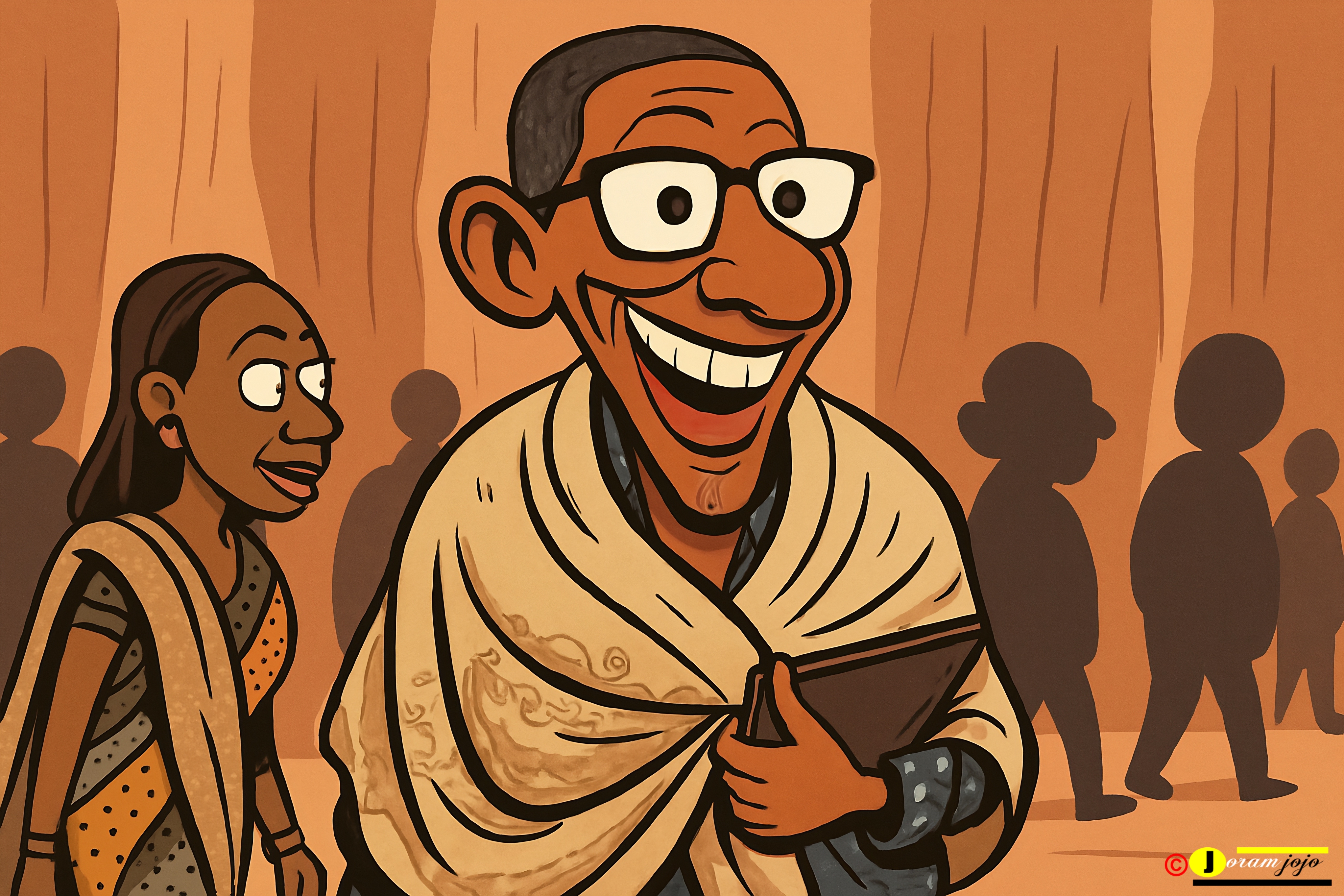
At the heart of this system stands Ines Mpambara, Kagame’s chief of staff and the nation’s de facto prime minister. Unlike the ceremonial prime ministers who rotate through office, Mpambara controls everything from ministerial appointments to security briefings, operating as the linchpin of Rwanda’s shadow government. Her rise—and the simultaneous fall of once-powerful figures like Jeannette Kagame and General Jack Nziza—reveals the ruthless efficiency of Kagame’s rule: loyalty is rewarded only until it threatens his supremacy.
This article peels back the layers of Rwanda’s governance to expose:
How the prime minister’s office became a hollow facade for ethnic balancing and donor appeasement
The surveillance state’s psychological grip on officials and citizens alike
Why control of finances and security matters more than constitutional roles
The dangerous fragility of a system built entirely around one man
From social media manipulation to elite purges, we examine how Kagame’s regime maintains control—and why Rwanda’s future stability hangs in the balance.
Key questions answered:
✓ Who really governs Rwanda when Kagame travels abroad?
✓ Can the economy thrive indefinitely without political reform?
✓ What happens when Africa’s most centralised regime faces a leadership change?
For policymakers, analysts, and observers of African politics, understanding Rwanda’s unseen power structures is essential—not just to comprehend the present, but to anticipate what comes next.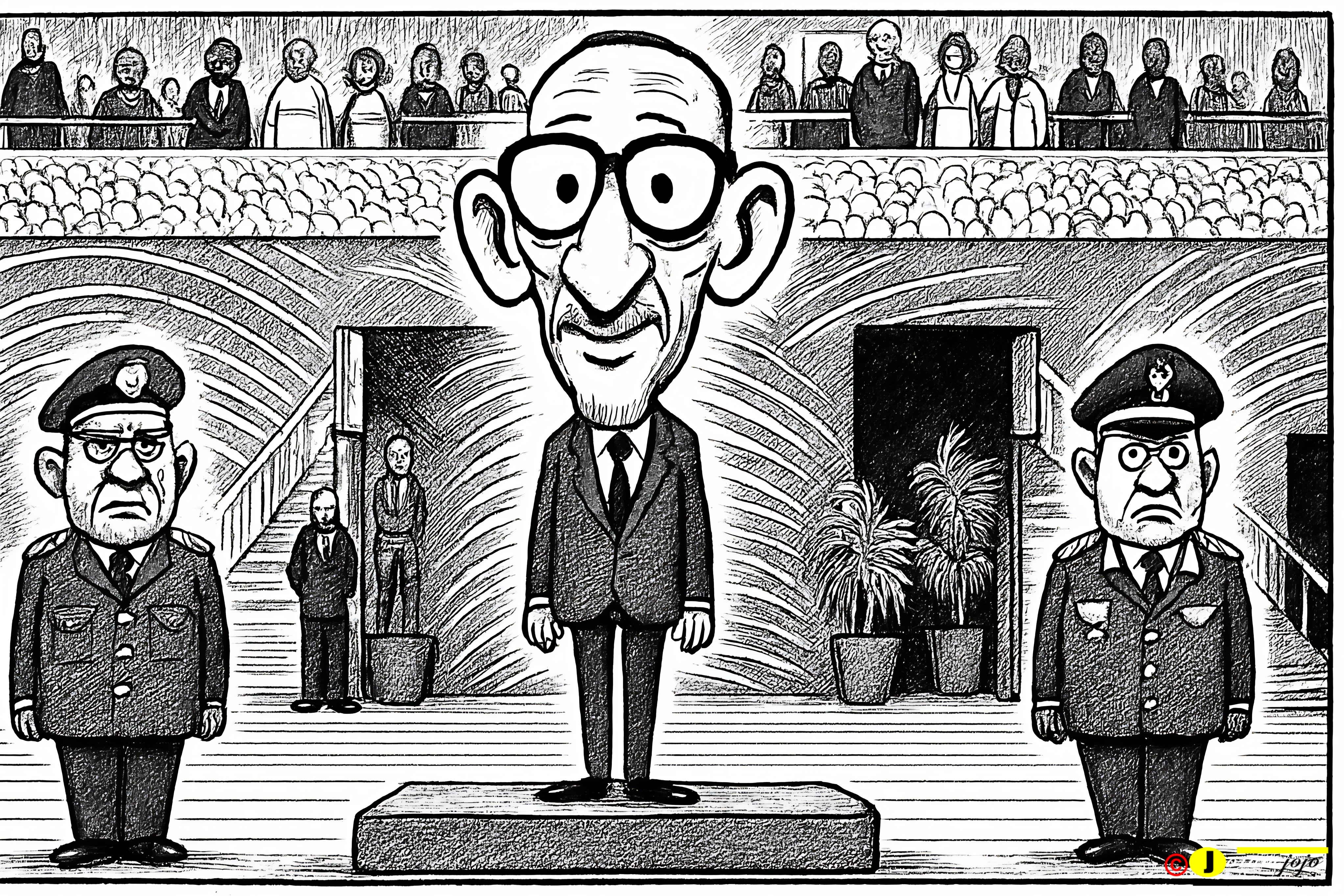
1. The Illusion of a Prime Minister: A Façade of Power in Rwanda
“A dog may bark, but it is the master’s voice that commands.” — Rwandan Proverb
In Rwanda’s carefully constructed political theatre, the office of the prime minister exists much like a ceremonial mask—ornamental, symbolic, but ultimately hollow. On paper, the prime minister, currently Édouard Ngirente, is the head of government, constitutionally mandated to coordinate policy, oversee ministries, and steer national development. Yet in practice, his authority is a carefully managed illusion, designed to sustain the appearance of inclusive governance while real power remains tightly coiled in President Paul Kagame’s inner sanctum.
Constitutional Fiction vs. Political Reality
Rwanda’s constitution, modelled on a semi-presidential system, theoretically divides executive power between the president and prime minister. The prime minister is meant to be the administrative linchpin, ensuring government efficiency. However, much like the proverbial scarecrow in a field, the position stands tall but lacks real force.
Ngirente, an economist and former World Bank advisor, was appointed in 2017, ostensibly for his technocratic expertise. Yet, his role is largely performative:
He chairs cabinet meetings, but major decisions are pre-approved by Kagame’s office.
He signs off on policies, but these are crafted by presidential advisers.
He tours provinces to inspect development projects, but budgetary control lies elsewhere.
This charade serves a dual purpose:
Ethnic Balancing Act – By appointing a Hutu prime minister (Ngirente, like his predecessors), the regime projects an image of post-genocide reconciliation, even as real power remains concentrated in Kagame’s Ugandan-dominated RPF elite.
International Legitimacy – Donors and diplomats see a “functioning” government structure, masking the fact that Rwanda operates more like an autocratic corporate boardroom than a democracy.
Why Does This Illusion Persist?
Kagame’s regime thrives on controlled ambiguity. The prime minister’s office exists not to govern, but to:
Absorb bureaucratic blame when policies fail (e.g., economic slowdowns, service delivery gaps).
Provide plausible deniability for Kagame, who can distance himself from unpopular decisions.
Maintain the myth of shared governance, crucial for Rwanda’s carefully curated image as a “developmental state.”
A Historical Pattern of Puppet PMs
Ngirente is not the first figurehead prime minister. His predecessors—Anastase Murekezi (2014–2017) and Pierre-Damien Habumuremyi (2011–2014)—were similarly constrained. Murekezi, for instance, was reportedly monitored by Kampeta Sayinzoga, a Kagame loyalist installed as his cabinet director, ensuring no independent decision-making.
Even Bernard Makuza (2000–2011), Rwanda’s longest-serving PM, admitted in leaked cables that his influence was “limited to implementation, not policy.”
The Real Power Behind the Curtain
While Ngirente smiles for cameras at ribbon-cutting ceremonies, real governance happens in Kagame’s office, where:
Ines Mpambara (Chief of Staff) controls ministerial appointments and foreign travel.
Caleb Rwamuganza (Finance Ministry PS) executes budget directives from above.
Gen. Dan Munyuza (Security Chief) oversees the intelligence apparatus, bypassing the PM entirely.
This shadow cabinet ensures that no rival power centre emerges. As one Kigali-based diplomat privately noted: “The PM’s office is where documents go to be stamped, not where decisions are made.”
A Dangerous Precedent
The erosion of institutional authority has long-term consequences:
Policy Paralysis – Without genuine delegation, governance becomes reactive, not strategic.
Talent Drain – Competent officials avoid “powerless” roles, weakening the civil service.
Post-Kagame Uncertainty – If the PM’s office is merely decorative, what happens when Kagame exits? Will the system collapse into factional chaos?
The Mask Without the Man
Rwanda’s prime ministership is a political placebo—a symbol of governance without substance. Like the proverbial pot that sits on the fire but does not feel the heat, Ngirente occupies a high office insulated from real power.
For now, the illusion holds. But history teaches us that systems built on façades are brittle. When the time comes for Rwanda to transition beyond Kagame, will it have leaders trained in governance—or just more actors playing their assigned roles?
If a prime minister cannot govern, does the title even matter—or is it just another prop in Kagame’s meticulously staged political theatre?
2. A System Built on Surveillance and Fear: The Invisible Chains of Rwanda’s Power Structure
“When the leopard rules the forest, even the ants learn to whisper.” — Rwandan Proverb
In Rwanda, power does not merely reside in institutions or laws—it thrives in the silences between words, the glances exchanged in corridors, and the unspoken understanding that every conversation might be overheard.
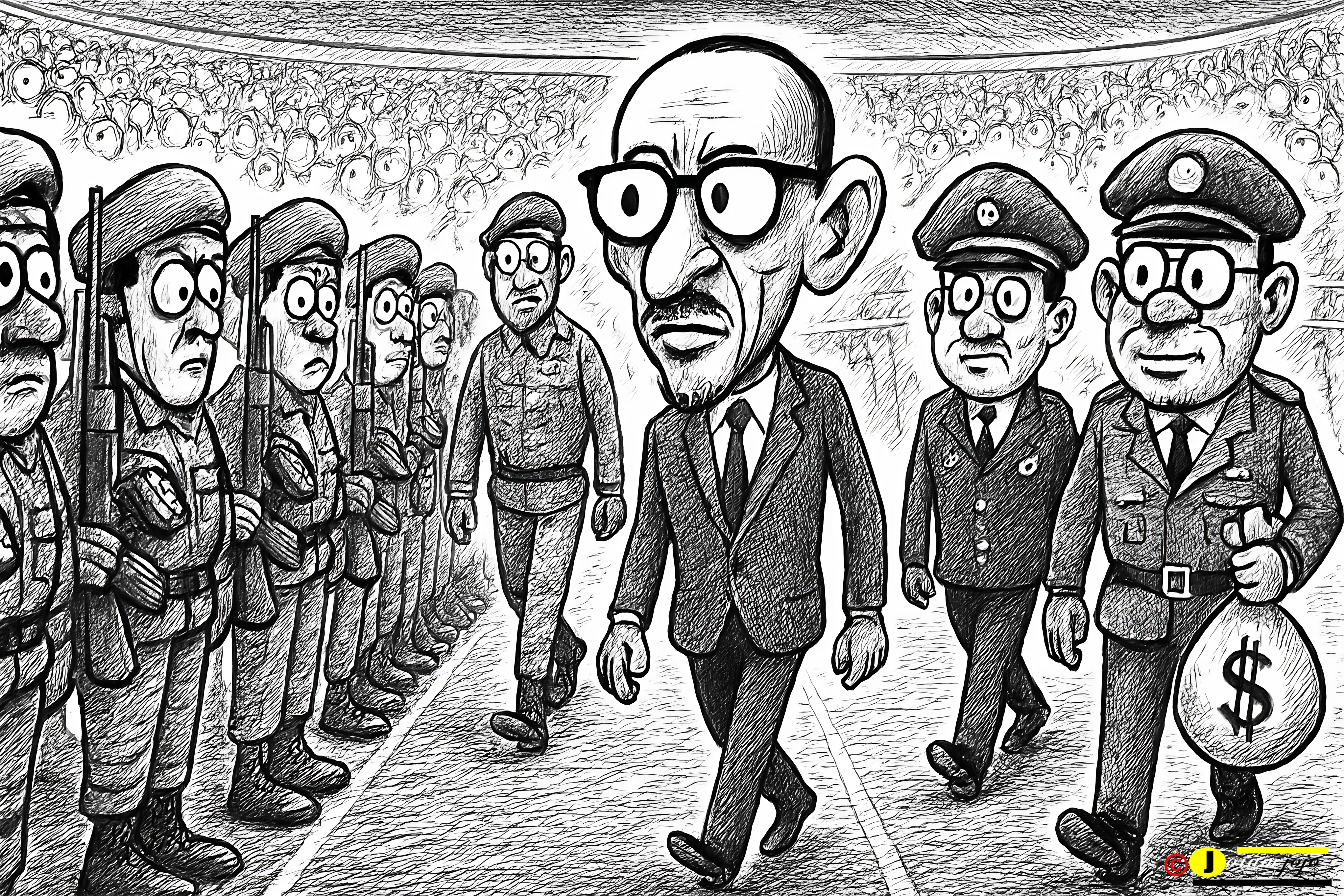
Criminal Paul Kagame’s regime has perfected an intricate architecture of control, where surveillance is systemic, fear is institutionalised, and loyalty is enforced through mutual suspicion. This is not governance by consent, but rule through psychological domination—an Orwellian reality where Big Brother’s gaze extends far beyond the state security apparatus.
The Mechanics of Control: How Surveillance Functions
Kagame’s Rwanda operates on a simple principle: no one should feel safe enough to conspire, but everyone must appear loyal enough to survive. This is achieved through:
Layered Surveillance Networks
Official channels: The National Intelligence and Security Services (NISS), military intelligence, and local Ibuka (community policing) committees monitor citizens.
Unofficial informants: Civil servants, colleagues, even family members are incentivised (or coerced) to report “suspicious” behaviour. A 2018 African Rights report documented cases of spouses being pressured to inform on each other.
Factional Espionage
Government departments spy on each other. The Finance Ministry watches the Defence Ministry, the RPF monitors the local administration, and rival security agencies compete to expose disloyalty.
This mirrors Stalinist Soviet tactics, where the NKVD and GRU (military intelligence) were pitted against each other to prevent consolidation of power.
The Weaponisation of Rumour
Unverified whispers can destroy careers. A minister seen meeting a foreign diplomat without clearance might face sudden dismissal, not because of evidence, but because doubt has been planted.
As a former RPF insider once noted: “In Rwanda, you don’t need to be guilty—you just need to look like you could be.”
Why Fear Works: The Psychological Calculus
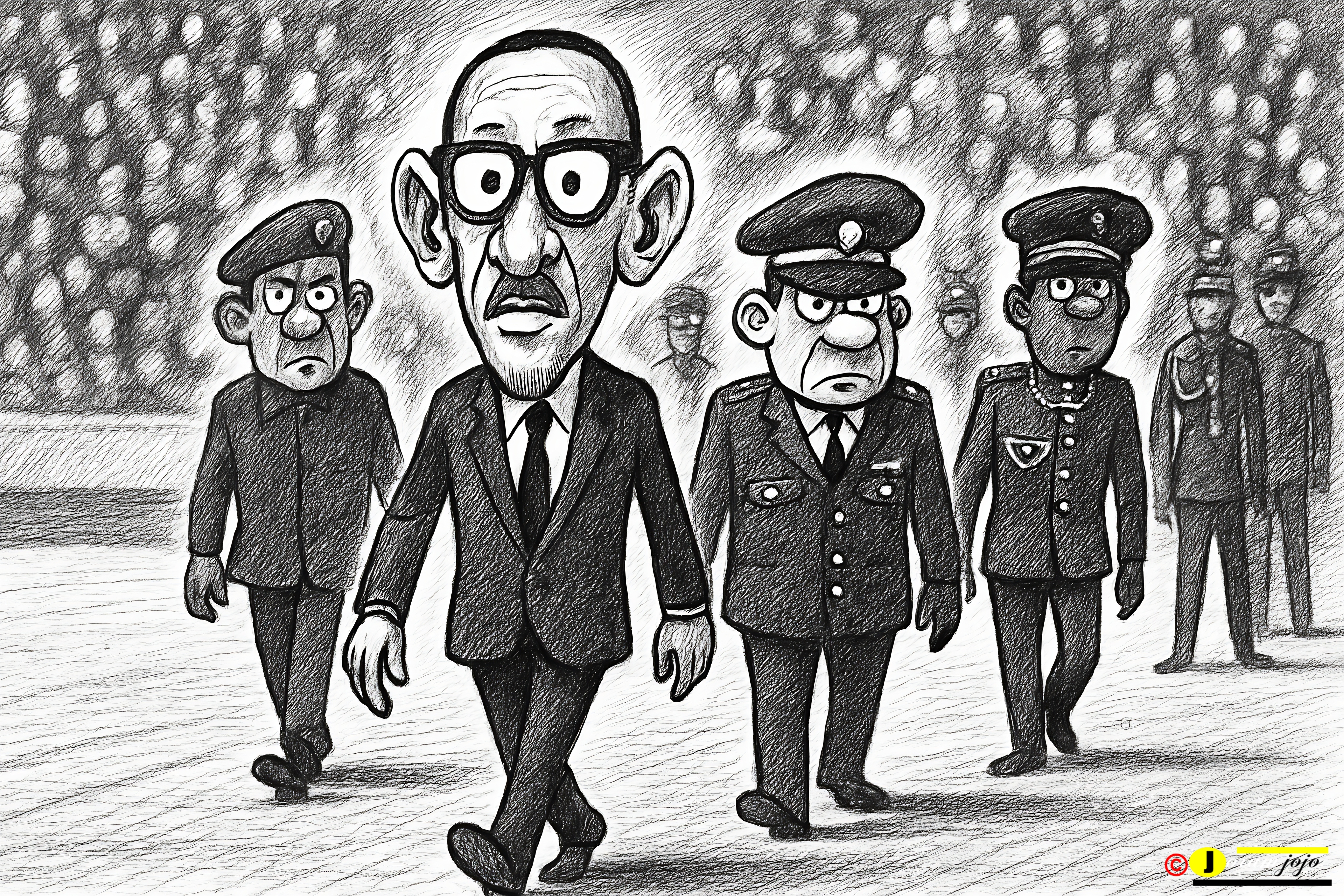
Kagame’s system is brutally effective because it exploits basic human instincts:
Self-preservation: Officials know that one misstep—a careless remark, an unauthorised meeting—can end their careers (or worse).
Collective paranoia: Since no one knows who might be informing, self-censorship becomes instinctive.
Performative loyalty: Even those who privately dissent must publicly outdo each other in praising the regime, creating a vicious cycle of enforced conformity.
Historical Roots: From Liberation to Repression
This culture did not emerge in a vacuum. It has roots in:
Post-genocide trauma: The RPF’s wartime intelligence networks, designed to root out génocidaires, never disbanded—they simply turned inward.
Authoritarian consolidation: As Criminal Kagame eliminated rivals (e.g., Patrick Karegeya, Kayumba Nyamwasa), the message became clear: dissent equals betrayal.
The Consequences: A Nation of Silent Calculations
The impact of this system is profound:
Stifled Governance – Officials prioritise survival over innovation, leading to risk-averse, stagnant policymaking.
Economic Distortions – Investors face hidden vetting by intelligence agencies, while entrepreneurs avoid sectors deemed “sensitive”.
Social Fracturing – Trust erodes; even friendships become transactional, as seen in the 2019 purge of military officers where comrades accused each other.
A Critical Paradox: Stability vs. Repression
Supporters argue this system prevents chaos in a nation still healing from genocide. Critics counter that a peace built on fear is no peace at all—just deferred reckoning.
The Cage of Silent Compliance
Rwanda’s surveillance state is not just about monitoring dissent—it’s about engineering a society where dissent never forms. Like the proverbial bird that forgets its wings when kept in a cage too long, many Rwandans have internalised the boundaries of permissible thought.
Yet, history shows such systems are ultimately fragile. When fear is the only glue holding power together, what happens when people stop being afraid? The answer may define Rwanda’s future—whether it remains Kagame’s gilded prison, or whether the whispers in the shadows one day find their voice.
In Rwanda, the most powerful weapon isn’t the gun or the law—it’s the unseen eye, the unspoken threat, and the crushing weight of what everyone knows, but no one says.
3. The Rise of Ines Mpambara: The Shadow Prime Minister of Rwanda
“When the elephant walks, the grass bends—but it is the unseen termites that hollow the tree from within.” — Rwandan Proverb
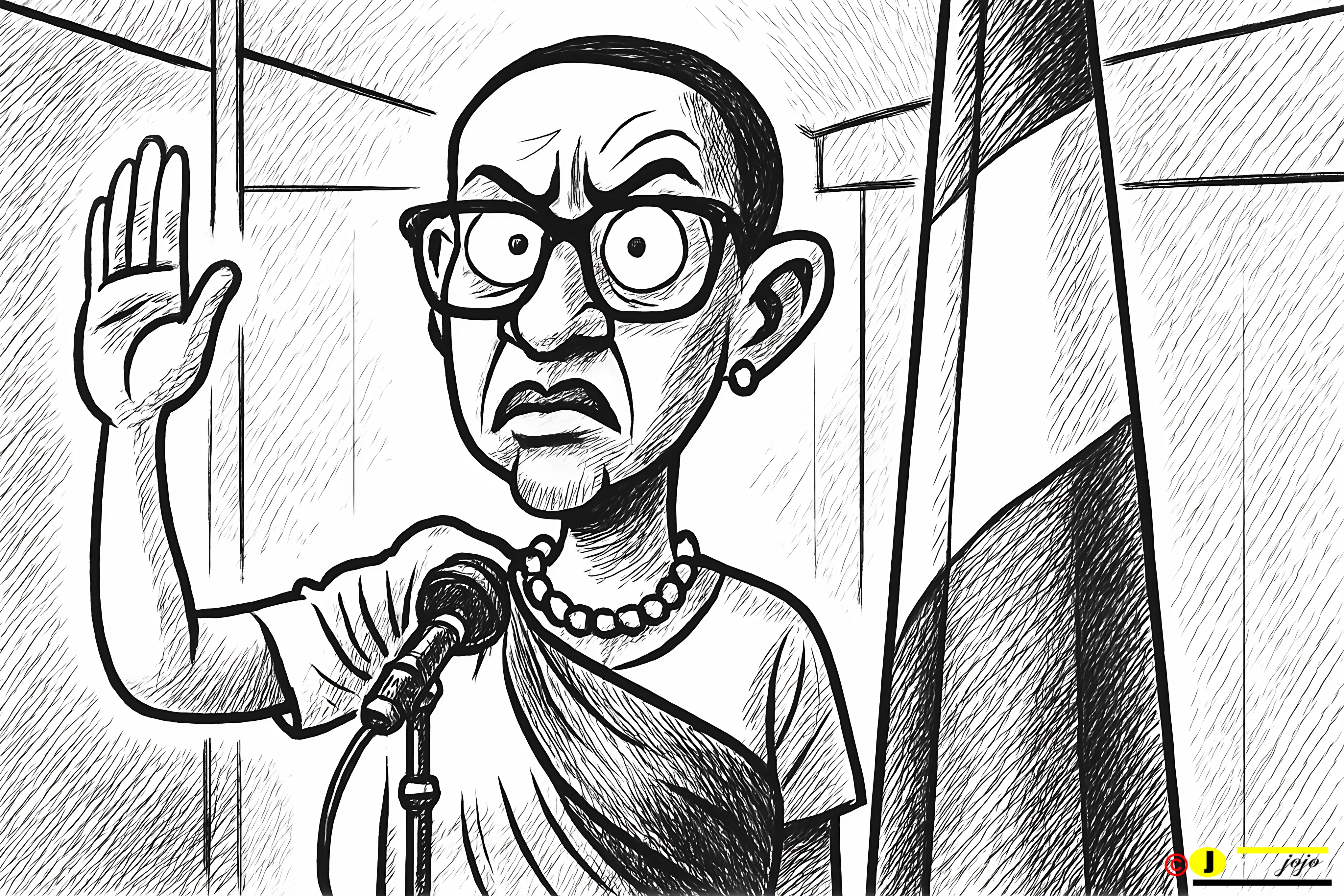
In Rwanda’s tightly controlled political ecosystem, real power does not always reside in the most visible offices. While the world’s gaze remains fixed on President Paul Kagame, the true architect of day-to-day governance is Ines Mpambara, his chief of staff and the regime’s most formidable enforcer. Unlike the ceremonial prime minister, whose authority exists only on paper, Mpambara operates as the de facto head of government, wielding influence that extends into every ministry, security briefing, and foreign delegation. Her ascent reveals much about how power truly functions in Kagame’s Rwanda—not through formal institutions, but through trusted loyalists who enforce the Criminal’s will unquestionably.
From Obscurity to the Inner Sanctum
Mpambara’s rise was neither accidental nor incidental. A former lecturer in mass communication, she first entered Kagame’s orbit through Imbuto Foundation, the charity organisation headed by First Lady Jeannette Kagame. Her role there—managing donor relations and financial reporting—required a blend of discretion, efficiency, and ruthlessness, traits that caught the attention of the ruling elite.
By 2009, she was transferred to the Office of the President, a move orchestrated by then-spy chief Jack Nziza and Jeannette Kagame, who sought to strengthen civilian oversight in a system dominated by military hardliners. Her appointment as chief of staff marked the beginning of a quiet but decisive consolidation of power.
The Mechanics of Control: How Mpambara Runs Rwanda
Unlike the prime minister, whose duties are largely ceremonial, Mpambara’s authority is absolute and operational. She functions as the regime’s gatekeeper and enforcer, with influence spanning:
Ministerial Appointments & Dismissals
No minister is appointed without her vetting.
Underperforming or overly ambitious officials are quietly sidelined—not through public firings, but through sudden “reassignments” or indefinite “consultative roles.”
Foreign Travel & Diplomatic Engagements
No senior official, including the prime minister, can travel abroad without approval from her office.
Even retired military officers (rank of major and above) must seek clearance—a rule designed to prevent unauthorized lobbying or defection.
Budgetary & Policy Oversight
She works closely with Caleb Rwamuganza, the permanent secretary at the Ministry of Finance, to control expenditure priorities.
Major infrastructure or development projects require her implicit endorsement, regardless of parliamentary or cabinet approval.
Security & Intelligence Briefings
When Kagame is abroad (a frequent occurrence), Mpambara chairs security meetings—a role traditionally reserved for the prime minister or defence minister.
This places her above even General James Kabarebe, Kagame’s long-time military adviser, in the civilian-military hierarchy.
Why Kagame Trusts Her More Than His Generals
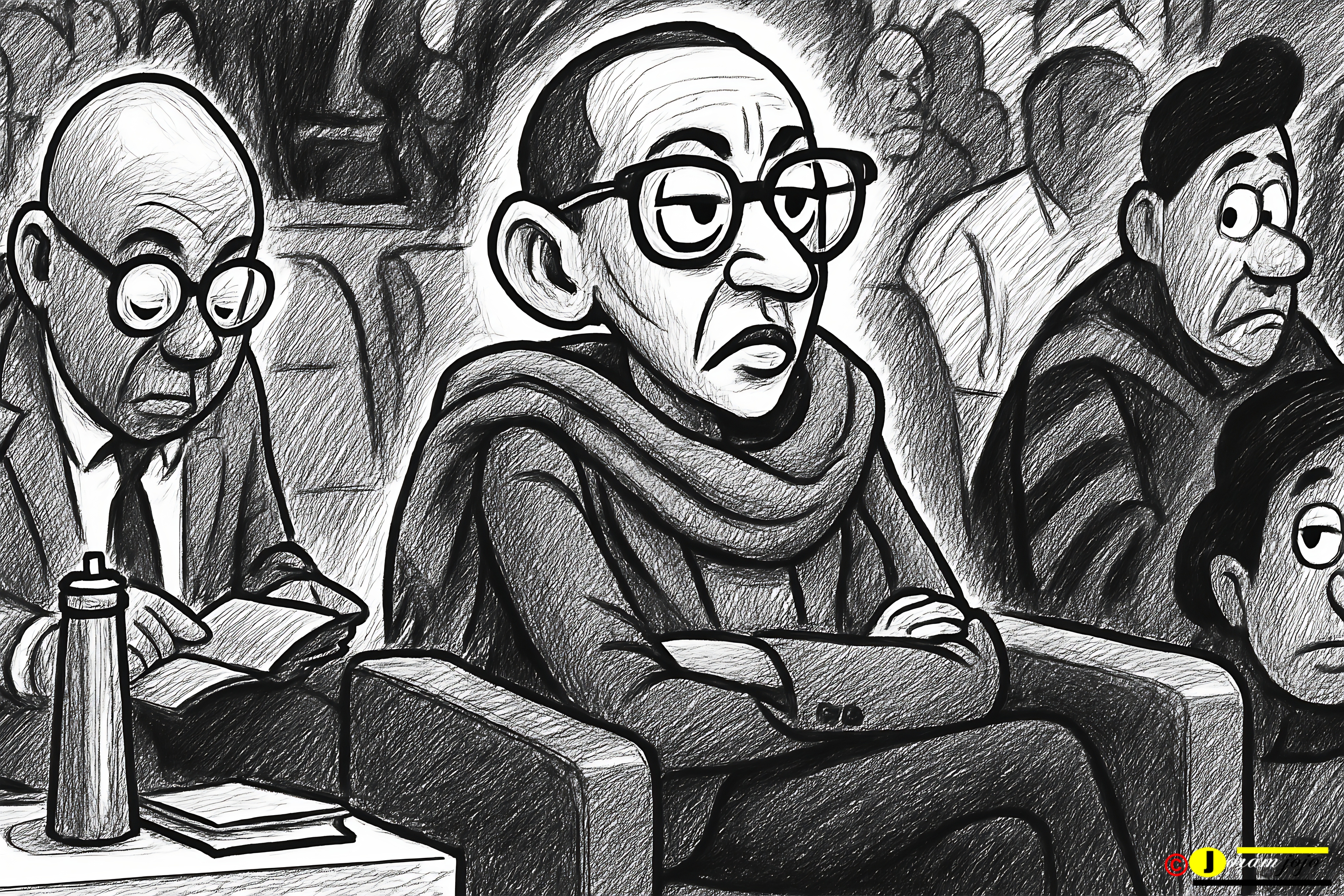
Mpambara’s dominance is no accident. She embodies the perfect loyalist:
No independent power base: Unlike military figures, she cannot command troops or stage a coup.
Unquestioning efficiency: She executes Kagame’s directives without public grandstanding or personal ambition.
Master of bureaucratic intrigue: She has outmanoeuvred rivals, including Jeannette Kagame’s faction, proving her survival instincts.
Her rise also reflects Kagame’s broader strategy: shifting power from the military (which once dominated the RPF) to a civilian elite that depends entirely on him.
The Dark Side of Unchecked Influence
While Mpambara’s efficiency is undeniable, her unchecked power raises critical concerns:
Accountability vacuum: Decisions are made without parliamentary or public scrutiny.
Policy paralysis: Ministers fear innovation, knowing that any misstep could end their careers.
Post-Kagame instability: If her authority is entirely tied to Kagame, what happens when he exits?
A New Era of Shadow Governance?
Mpambara’s role signifies a deeper evolution in Rwandan politics: the institutionalisation of extra-constitutional power. Unlike past strongmen who ruled through brute force, she represents a more sophisticated, bureaucratic authoritarianism—one that operates through soft coercion, financial control, and psychological dominance rather than just repression.
The Invisible Hand of Power
Ines Mpambara is the embodiment of a system that prizes loyalty over legitimacy, control over democracy. Her rise confirms an old truth in Rwandan politics: real authority is never where the constitution says it should be.
As Rwanda moves forward, the critical question is not just who holds power, but what happens when a system built on one man’s trust faces the inevitability of change. Will Mpambara’s influence outlast Kagame, or will the shadows she operates in eventually consume her?
Final Thought: In Rwanda, the most powerful person in the room is often the one who never needs to raise their voice—because everyone already knows the consequences of disobedience.
4. The Fall of Jeannette Kagame and Jack Nziza: A Palace Coup in Rwanda’s Shadow Government
“When two elephants fight, it is the grass that suffers—but when they reconcile, the termites must scatter.” — Rwandan Proverb
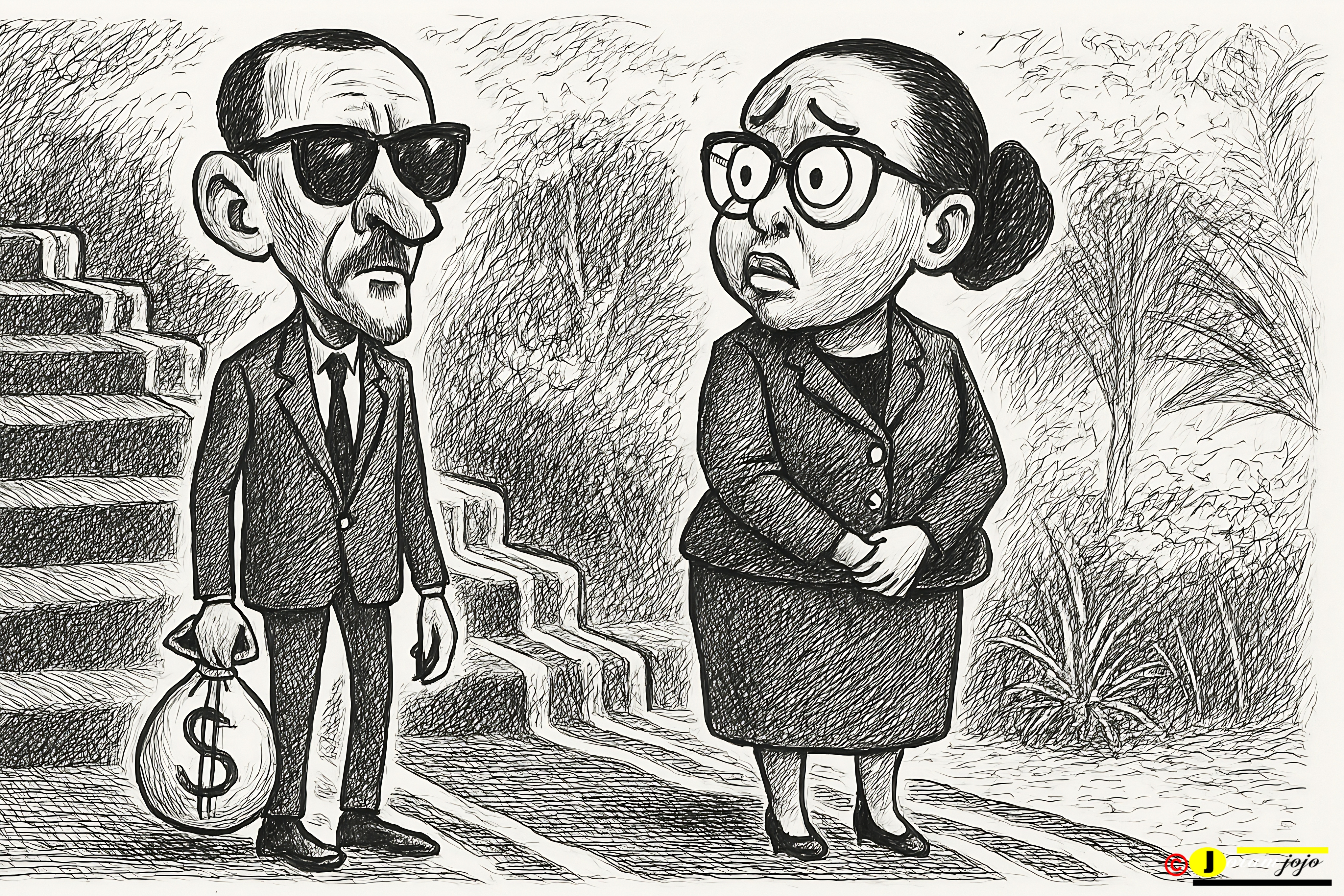 In Rwanda’s intricate political ecosystem, power has always flowed through unseen channels—family ties, military alliances, and clandestine networks. For years, First Lady Jeannette Kagame and General Jack Nziza, the once-feared spy chief, stood as twin pillars of influence, shaping policy, controlling intelligence, and acting as gatekeepers to President Paul Kagame. Yet, in a dramatic but silent purge, both were systematically sidelined, their authority dismantled in a restructuring that revealed the ruthless calculus of Kagame’s rule: no one, not even family or wartime comrades, is indispensable.
In Rwanda’s intricate political ecosystem, power has always flowed through unseen channels—family ties, military alliances, and clandestine networks. For years, First Lady Jeannette Kagame and General Jack Nziza, the once-feared spy chief, stood as twin pillars of influence, shaping policy, controlling intelligence, and acting as gatekeepers to President Paul Kagame. Yet, in a dramatic but silent purge, both were systematically sidelined, their authority dismantled in a restructuring that revealed the ruthless calculus of Kagame’s rule: no one, not even family or wartime comrades, is indispensable.
The Reign of Jeannette Kagame: Power Behind the Throne
Jeannette Kagame was never just a ceremonial first lady. For over two decades, she functioned as:
The regime’s chief image-maker, overseeing Rwanda’s polished international reputation through her Imbuto Foundation and high-profile philanthropy.
A political operator, influencing appointments, particularly in education, gender affairs, and foreign diplomacy.
A key player in intelligence, working closely with Nziza to monitor dissent within the elite.
Her influence peaked in the late 2000s, when she and Nziza formed an unofficial shadow cabinet, vetting ministers, managing foreign alliances, and even mediating Kagame’s disputes with regional leaders.
Jack Nziza: The Spy Chief Who Knew Too Much
As Inspector General of the Army (IGA) and de facto intelligence overlord, Nziza was the regime’s enforcer-in-chief. His role included:
Monitoring military loyalty—ensuring no general grew powerful enough to challenge Kagame.
Overseeing covert operations abroad, including alleged operations against exiled dissidents.
Managing the delicate balance between the RPF’s civilian and military wings.
His closeness to Jeannette Kagame, however, would prove his undoing.
The Purge: How and Why They Fell
The downfall of Jeannette and Nziza was not sudden but a slow, deliberate erosion—a classic Kagame strategy to avoid destabilising shocks.
The Marital Rift and Loss of Political Capital
Rumours of a strained marriage between the Kagames had circulated for years, but the tipping point came when Jeannette’s political manoeuvres were considered overreach.
Her attempt to position allies—including Nziza—in key roles reportedly alarmed Kagame, who tolerates no parallel power structures.
Nziza’s Dangerous Knowledge
As intelligence chief, Nziza knew too much about regime secrets, including alleged overseas operations and elite corruption.
His loyalty to Jeannette made him a liability—Kagame could not risk a spy chief whose allegiance might be divided.
The Rise of New Loyalists
Ines Mpambara and General Dan Munyuza (current security chief) emerged as Kagame’s new enforcers, offering unquestioning loyalty without independent influence.
Nziza was quietly stripped of his IGA role in 2016, and the position itself was abolished—a clear message.
Jeannette’s Forced Retreat
By 2020, her public appearances dwindled, and her foundation’s role in policy was curtailed.
Diplomats reported that Ugandan President Museveni intervened to mediate the Kagames’ marital tensions—an extraordinary step underscoring her diminished standing.
Why This Reshuffle Matters
Kagame’s Absolute Control
The purge proved that no one—not even family—is safe from Kagame’s restructuring. Loyalty is rewarded only so long as it does not threaten his supremacy.
The Militarisation of Civilian Rule
Nziza’s replacement by Munyuza, a hardline security operative, signalled a shift toward more overt repression over Jeannette’s subtler, image-conscious governance.
The Ines Mpambara Effect
With Jeannette and Nziza gone, Mpambara’s authority expanded unchecked. She now controls both the civilian bureaucracy and access to Kagame himself.
A Critical Perspective: Stability or Time Bomb?
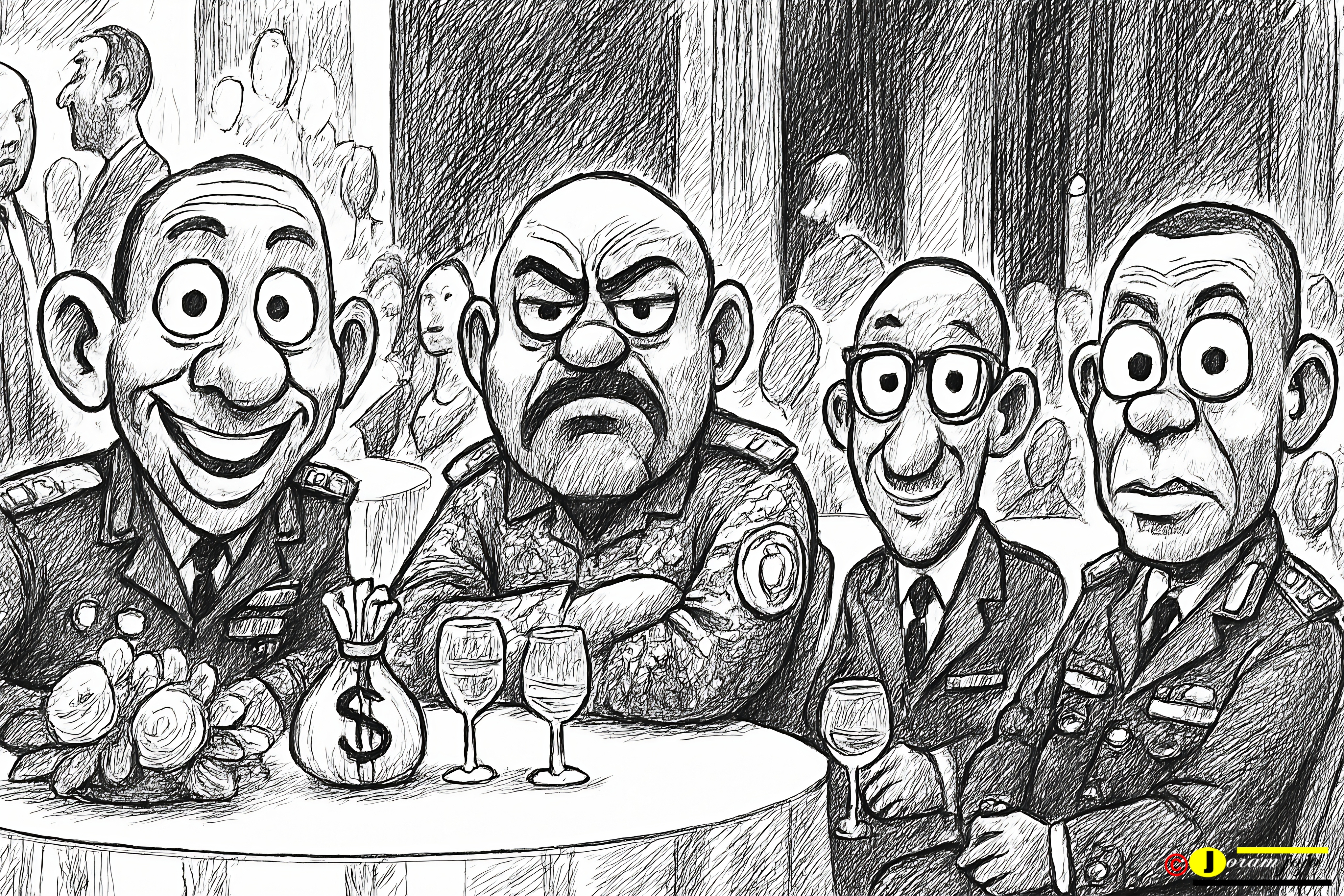
Supporters argue Kagame is merely preventing factionalism, ensuring unity in a fragile state. Critics warn that systematically removing checks and balances—even from within the family—creates a brittle regime, overly dependent on one man’s judgment.
The Unwritten Rules of Rwandan Power
The fall of Jeannette Kagame and Jack Nziza was not just a personal demotion—it was a strategic recalibration of Rwanda’s power map. Their decline reinforced an old lesson: In Kagame’s Rwanda, influence is borrowed, never owned.
As Mpambara rises, one wonders: Will she learn from their fate? Or will Kagame’s system, having consumed its own architects, eventually turn on her too?
In dictatorships, the most dangerous position is not the enemy’s camp—but the seat beside the throne. Jeannette and Nziza learned this too late. Who will be next?
5. The Puppet Prime Ministers: The Illusion of Power in Rwanda’s Political Theatre
“A scarecrow in a field stands tall, but it is the farmer who decides when the crops are harvested.” — Rwandan Proverb
In Rwanda’s carefully constructed political hierarchy, the office of the prime minister exists as little more than a constitutional formality—a symbolic concession to the appearance of inclusive governance, while real authority remains firmly entrenched in President Paul Kagame’s inner circle. Past prime ministers, such as Anastase Murekezi (2014–2017), Pierre-Damien Habumuremyi (2011–2014), and even the current officeholder, Édouard Ngirente, have all served under the same unspoken rule: they may hold the title, but they do not wield the power.
The Role of the Prime Minister: Constitutional Fiction vs. Political Reality
On paper, Rwanda’s semi-presidential system grants the prime minister significant responsibilities:
Coordinating government business
Supervising ministerial implementation
Acting as head of government
In practice, however, the prime minister’s role is ceremonial at best, ornamental at worst.
Why Does This Charade Persist?
Ethnic Tokenism
Since the RPF’s ascent to power, Rwanda’s leadership has been dominated by Tutsi elites, particularly those with ties to the military and the diaspora.
Appointing a Hutu prime minister (Murekezi, Habumuremyi, and Ngirente are all Hutu) serves as a performative gesture toward ethnic reconciliation—a way to project inclusivity without redistributing real influence.
International Legitimacy
Donor nations and diplomatic partners prefer dealing with governments that appear structurally balanced. A prime minister’s office—however powerless—allows Rwanda to maintain the façade of a functioning, multi-tiered executive.
Bureaucratic Scapegoating
When policies fail or public dissatisfaction grows, the prime minister becomes the lightning rod for criticism, insulating Kagame from direct accountability.
Case Study: Anastase Murekezi – The Ghost in the Machine
Murekezi’s tenure (2014–2017) was particularly illustrative of the prime minister’s powerlessness. Despite his title, he:
Had no control over security policy—never attended high-level intelligence briefings.
Was barred from representing Rwanda abroad on substantive diplomatic missions.
Reportedly answered to Kampeta Sayinzoga, a Kagame loyalist installed as his cabinet director, who micromanaged his office.
A leaked diplomatic cable from his time in office noted: “Murekezi is less a head of government and more a protocol officer with a grand title.”
The Current PM: Édouard Ngirente – A More Polished Puppet?
Ngirente, a World Bank economist with a technocratic background, was likely chosen for his non-threatening profile and international credibility. Yet, his influence is similarly constrained:
Major policy decisions are made in Kagame’s office, not his.
Ministerial appointments are vetted by Ines Mpambara, Kagame’s chief of staff.
Foreign delegations bypass him entirely, dealing directly with Kagame’s envoys.
Unlike Murekezi, Ngirente maintains a more visible public role, but this is largely stagecraft—designed to reassure investors and diplomats that Rwanda’s government is “functional.”
The Bigger Picture: What Does This Mean for Rwanda?
A Hollowed-Out State
When institutions exist only as window dressing, governance becomes personalised rather than systemic—raising serious questions about long-term stability.
The Myth of Meritocracy
Technocrats like Ngirente are appointed not for their leadership but for their compliance, undermining genuine administrative competence.
The Danger of Overcentralisation
Kagame’s refusal to delegate real power creates a bottleneck—when he eventually exits, the system may lack experienced leaders capable of independent governance.
Conclusion: The Limits of Political Theatre
Rwanda’s puppet prime ministers are not unique—many authoritarian regimes employ similar figureheads to mask the concentration of power. But in Rwanda, the disconnect between form and function is especially stark, revealing a regime that prioritises control over governance, stability over adaptability.
Final Thought: A title without authority is like a drum without sound—it may look impressive, but everyone knows it’s empty. The question is: How long can Rwanda’s political theatre sustain the illusion?
6. Control Over Money and Security: The Twin Pillars of Ines Mpambara’s Power
“He who holds the purse holds the power; he who commands the soldiers commands the kingdom.” — Adapted Rwandan Proverb
In Rwanda’s highly centralised governance structure, real authority is measured not by titles but by who controls the money and the guns. As President Paul Kagame’s chief of staff, Ines Mpambara has mastered this duality—wielding unprecedented influence over both the national budget and security apparatus, domains traditionally kept separate in democratic systems. Her ability to operate at this nexus reveals much about how power truly functions in Kagame’s Rwanda: not through institutions, but through trusted loyalists who blur the lines between civilian and military rule.
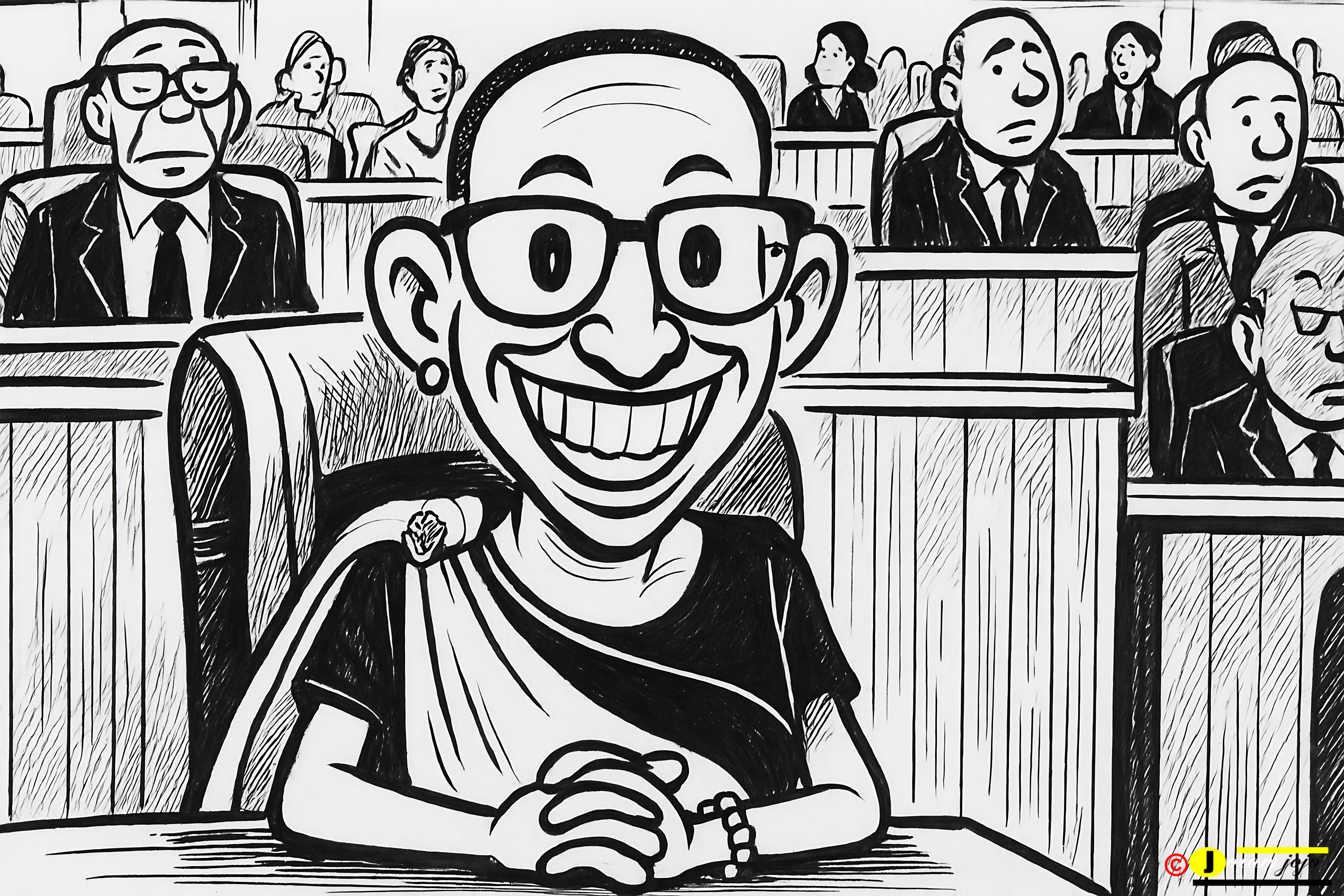
1. The Financial Lever: How Mpambara Controls Rwanda’s Purse Strings
While Rwanda’s Ministry of Finance and Economic Planning ostensibly manages the budget, the real decision-making happens behind closed doors, where Mpambara’s influence looms large.
Key Mechanisms of Control:
Shadow Budgeting Through Caleb Rwamuganza
As Permanent Secretary at the Ministry of Finance, Rwamuganza acts as Mpambara’s enforcer, ensuring that expenditures align with Kagame’s priorities—not parliamentary mandates.
Major projects (e.g., infrastructure, defence, or “presidential initiatives”) are pre-approved by her office before reaching cabinet discussions.
The “Black Box” of Off-Budget Spending
A significant portion of Rwanda’s expenditures—particularly in security, intelligence, and “special projects”—are routed through off-budget funds (e.g., the Rwanda Defence Fund), where oversight is minimal.
Mpambara’s role in vetting these allocations makes her the de facto treasurer of Kagame’s most sensitive operations.
Donor Funds as a Political Tool
Rwanda relies heavily on foreign aid (≈30% of its budget). Mpambara’s office shapes donor reports, ensuring continued flow while diverting funds to regime priorities.
NGOs and international partners often complain of “budgetary opacity”, but Rwanda’s impressive development metrics (e.g., healthcare, ICT growth) shield the system from deeper scrutiny.
Why It Matters:
This financial control allows Mpambara to:
✔ Reward loyalty (e.g., funding pet projects for compliant ministers).
✔ Punish dissent (e.g., starving uncooperative ministries of resources).
✔ Ensure Kagame’s priorities dominate, even when they conflict with technocratic advice.
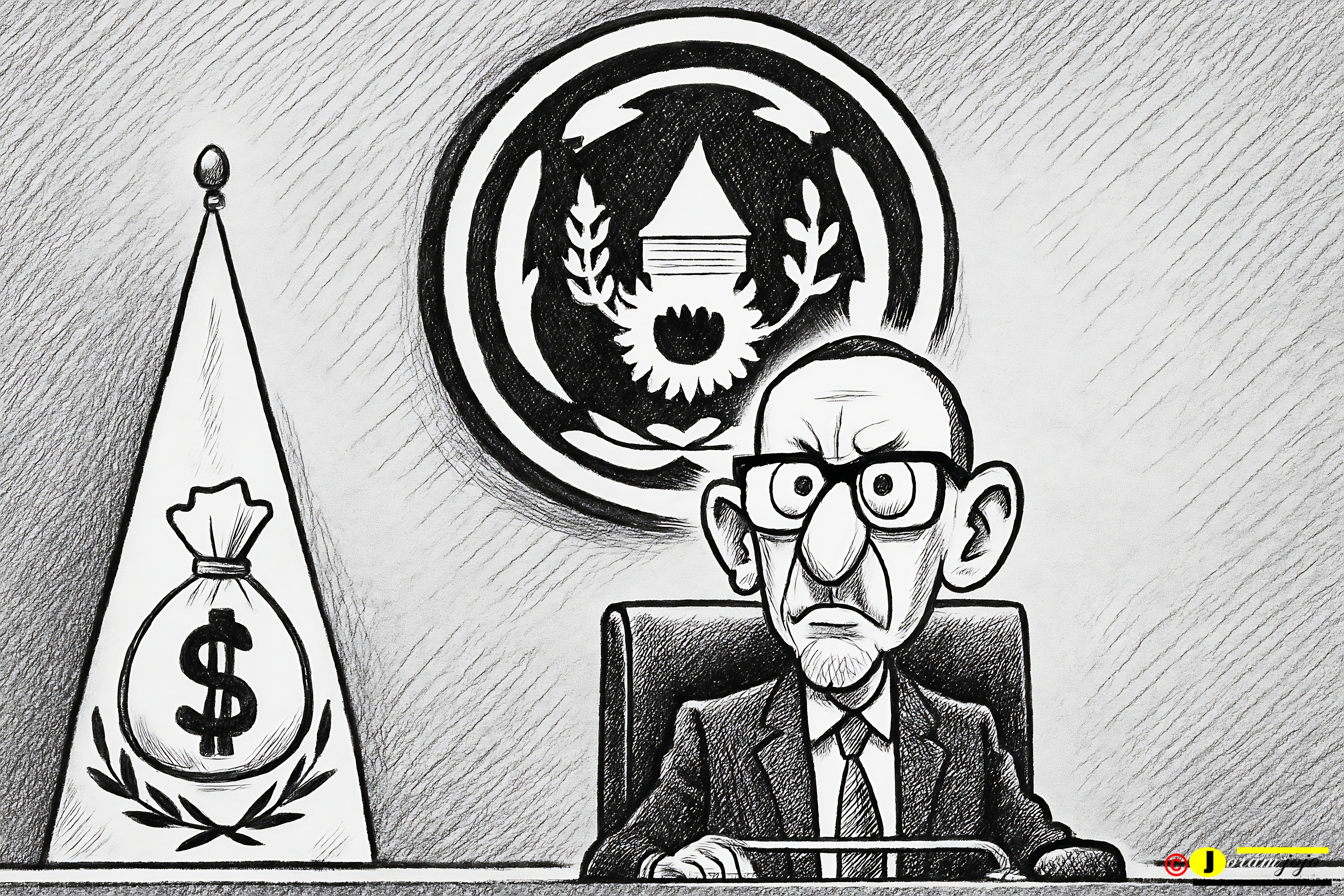
2. The Security Lever: A Civilian in the Military Sanctum
In most democracies, civilian oversight of the military is carefully balanced to prevent authoritarian drift. In Rwanda, Mpambara transcends this boundary—attending security briefings, influencing deployments, and even vetting promotions.
Unprecedented Access for a Civilian:
Security Council Presence
While the prime minister is excluded from high-level security meetings, Mpambara regularly attends—even chairing sessions when Kagame is abroad.
This gives her direct input on military operations, intelligence strategies, and regime protection measures.
Military Appointments & Travel Controls
No senior officer (Major and above) can travel without clearance from her office—a rule designed to prevent defections or unsanctioned alliances.
Retired generals seeking foreign engagements (e.g., diplomatic postings, private sector roles) must also seek approval, ensuring continued loyalty beyond active service.
The Dan Munyuza Factor
Rwanda’s security chief, General Dan Munyuza, reports directly to Kagame but coordinates closely with Mpambara on domestic surveillance and elite policing.
This alliance ensures that both financial and coercive power remain fused under Kagame’s inner circle.
Why It Matters:
This fusion of financial and security control creates a self-sustaining autocracy:
✔ Money funds the security apparatus (salaries, surveillance tech, covert ops).
✔ Security ensures the money flows uninterrupted (suppressing dissent, deterring leaks).
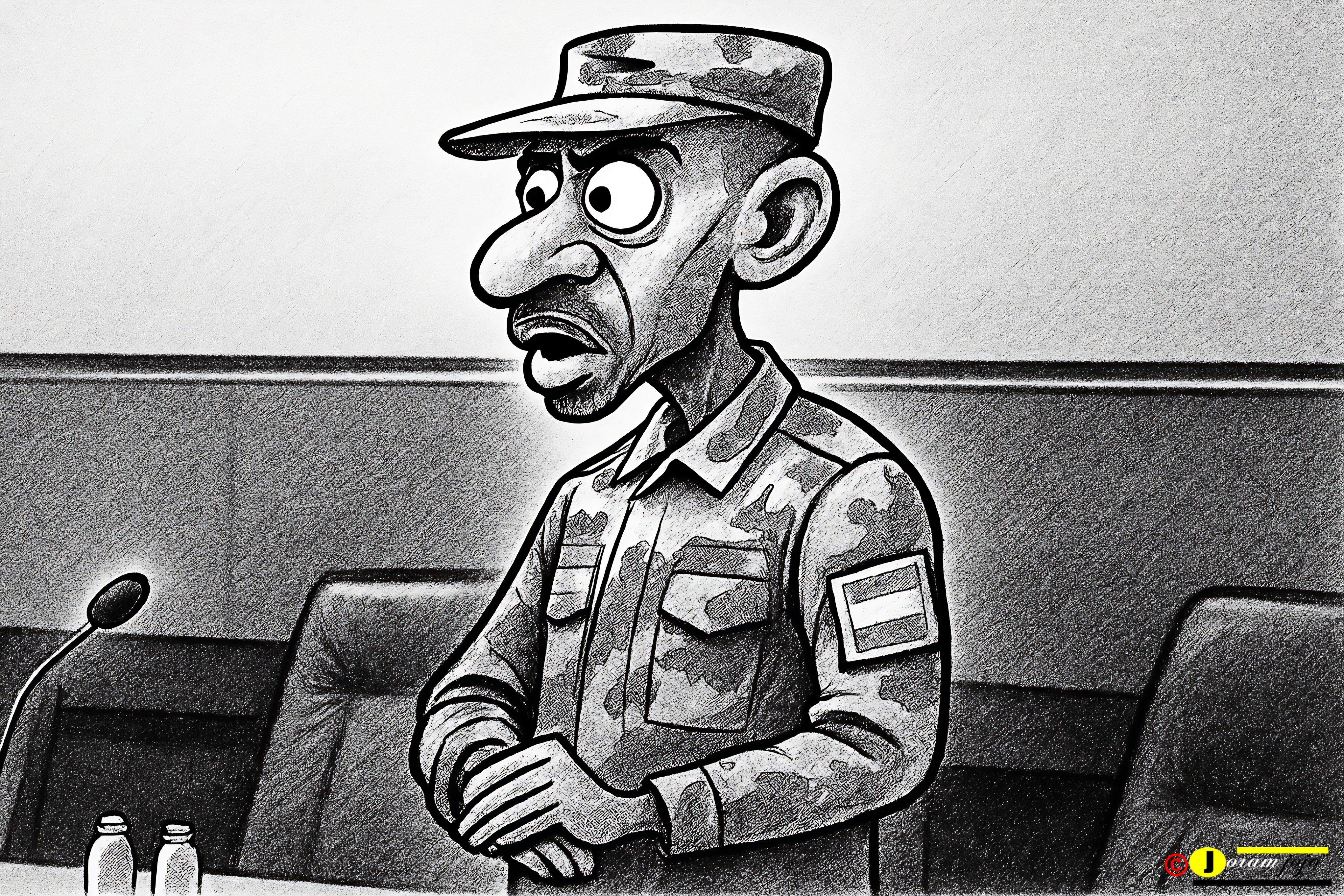
3. The Bigger Picture: A System Designed for Perpetual Control
Mpambara’s dual role is not an accident—it is by design. Kagame’s regime has methodically eroded institutional checks to ensure that:
No single rival can amass enough power (financial or military) to challenge him.
Loyalists like Mpambara act as circuit breakers, preventing any minister or general from becoming indispensable.
The façade of technocratic governance remains intact for international observers, even as real power operates in the shadows.
The Risks of Overcentralisation:
Policy Paralysis – Ministers avoid innovation, fearing Mpambara’s disapproval.
Post-Kagame Instability – If power is this personalised, who can credibly succeed him?
Erosion of Meritocracy – Competent officials are sidelined if they lack political connections.
The Invisible Hand of Authoritarian Governance
Ines Mpambara embodies a paradox: officially, she is just a chief of staff; in reality, she is Rwanda’s shadow prime minister, finance minister, and security adviser rolled into one. Her authority underscores a hard truth—in Kagame’s Rwanda, formal institutions are hollow, and real governance happens in the shadows.
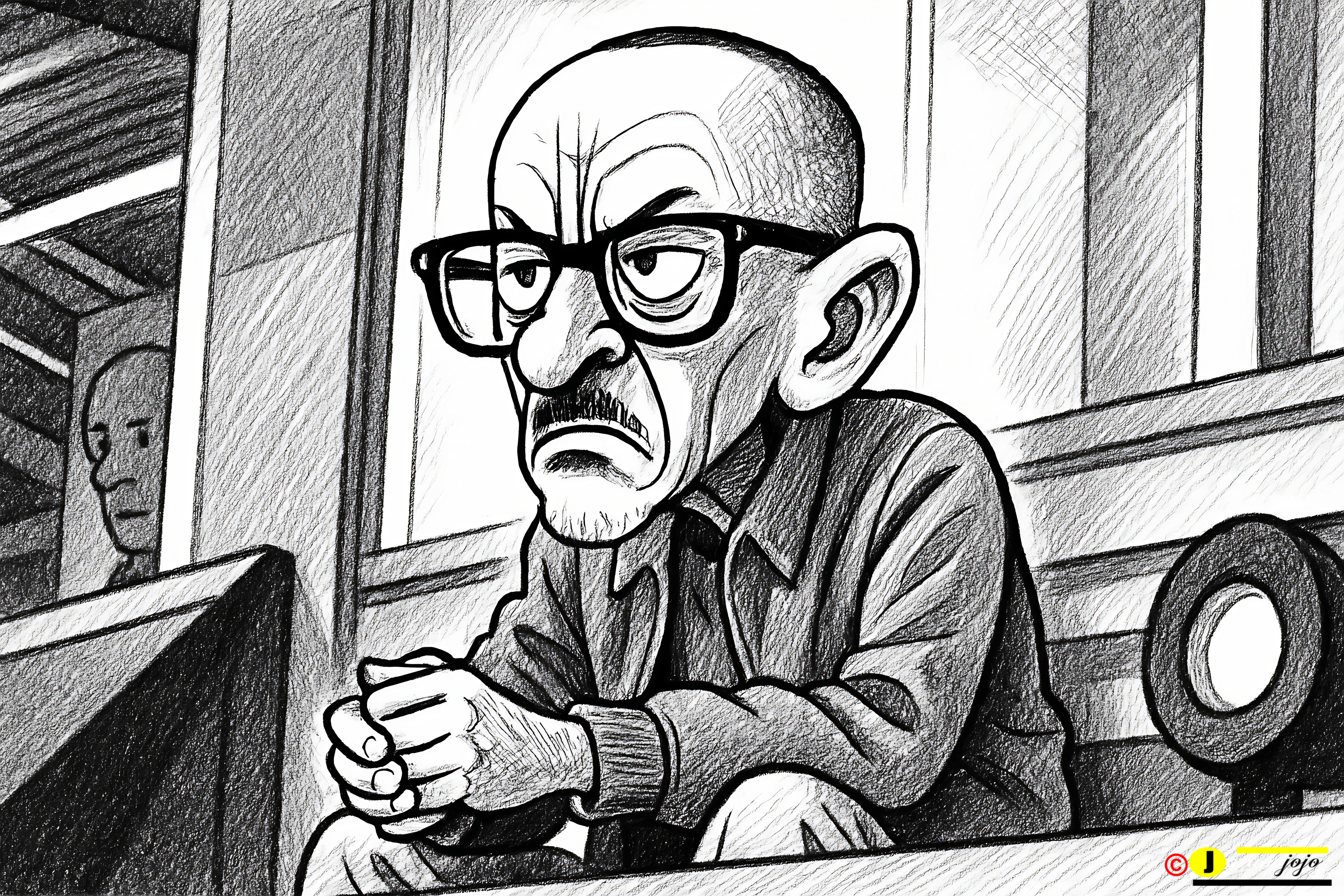
When the shepherd trusts neither the sheep nor the dogs, he becomes both.”
Mpambara’s rise proves that in authoritarian systems, the most powerful figures are often those who operate in silence—unseen, unaccountable, and utterly indispensable… until they are not.
Will her influence outlast Kagame? Or will the system that elevated her eventually consume her too?
7. The Social Media Machine: Rwanda’s Digital Battleground of Perception and Power
“When the drumbeats are controlled, the dance must follow.” — Rwandan Proverb
In an era where information is as potent as weaponry, Rwanda’s regime has mastered the art of digital governance—not merely through censorship, but through an elaborate, state-orchestrated social media machine designed to dominate narratives, silence dissent, and project an unassailable image of Paul Kagame’s leadership. At the helm of this operation is Ines Mpambara, a former communications lecturer whose expertise in mass media has been weaponised to curate Rwanda’s online persona. Under her oversight, social media is not a platform for discourse but a propaganda battleground, where troll armies, fabricated accounts, and meticulously crafted narratives enforce the regime’s control over public perception.
1. The Architecture of Rwanda’s Digital Propaganda
Mpambara’s strategy mirrors modern authoritarian playbooks—combining psychological manipulation, technological surveillance, and brute-force disinformation.
Key Components of the Machine:
Troll Farms and Fake Accounts
A network of state-linked operatives, often posing as “concerned citizens” or “independent analysts,” floods platforms (X/Twitter, Facebook, LinkedIn) with pro-regime content.
These accounts attack critics, amplify Kagame’s speeches, and fabricate trends (e.g., #KagameLegacy, #RwandaRising).
The “Cyber Patriots” Programme
Youth affiliated with the RPF or Imbonerakure (the party’s militant wing) are recruited and trained to monitor and report dissent, both online and offline.
Some operate as “keyboard warriors”, engaging in coordinated harassment of journalists and activists.
Algorithmic Manipulation
Rwanda’s affordable internet policies (e.g., partnerships with Facebook’s Free Basics) increase connectivity—but also ensure state narratives dominate feeds.
Pro-government content is artificially boosted, while critical voices are shadow-banned or mass-reported.
Celebrity and Influencer Co-optation
Musicians, comedians, and even pastors are encouraged (or coerced) to post pro-Kagame content. Those who resist face loss of gigs, arrests, or intimidation.

2. Case Studies: The Machine in Action
A. The “RwandaFacts” Phenomenon
In 2020, a wave of nearly identical tweets defending Rwanda’s human rights record emerged under hashtags like #RwandaFacts.
Investigations revealed IP clusters tied to government buildings, suggesting orchestration.
B. The Assassination of Dissidents & Online Smear Campaigns
After the murder of exiled critic Kizito Mihigo, trolls immediately flooded social media with claims he was a “genocide denier” or “mentally unstable.”
Similar tactics targeted Patrick Karegeya’s legacy, painting the slain ex-spy chief as a traitor.
C. The “Twitter Diplomacy” of Kagame
Kagame’s own account (@PaulKagame) is a curated spectacle, blending statesmanship with veiled threats (e.g., his infamous 2017 tweet: “I learn more from my enemies than my friends… but I destroy them.”).
Leaks suggest Mpambara’s team drafts many of his posts, blending personal tone with regime messaging.
3. The Psychological Impact: Fear, Conformity, and Manufactured Consensus
The regime’s digital strategy isn’t just about spreading propaganda—it’s about engineering social conformity.
Self-Censorship: Knowing that criticism could trigger online mobs or real-world repercussions, Rwandans avoid dissent.
Illusion of Popular Support: The sheer volume of pro-regime content creates a false consensus, making opposition seem marginal.
Exporting the Narrative: The machine also targets diaspora communities, pressuring them to abandon activism or risk family reprisals back home.
4. The Hypocrisy: Rwanda’s “ICT Hub” Mirage
While Rwanda bills itself as Africa’s tech pioneer (e.g., drone deliveries, SMART Africa), its online space is anything but free.
Contradiction: The same government hosting the World Telecommunication Development Conference (WTDC) arrests citizens for “cyber crimes” (i.e., criticising Kagame).
Western Complicity: Tech firms like Meta and Google comply with takedown requests, while donors (UK, EU) fund “digital transformation” projects that indirectly bolster state surveillance.
5. The Global Playbook: How Rwanda Mirrors Other Autocracies
Mpambara’s tactics align with China’s Great Firewall, Russia’s troll farms, and Turkey’s “AK Trolls.”
Shared Tactics:
Astroturfing (fake grassroots campaigns).
Hashtag hijacking (drowning out opposition trends).
Cyber-mobilisation (using patriotism to justify repression).
Rwanda’s Twist:
Leveraging post-genocide trauma to frame critics as “divisionists.”
Exploiting Africa’s digital divide to control narratives before independent media can flourish.
6. The Limits of the Machine
Despite its sophistication, the system has vulnerabilities:
VPNs & Diaspora Media: Exiled Rwandans use proxy networks to bypass censorship.
Financial Costs: Maintaining troll armies and surveillance is expensive—even for a regime adept at diverting donor funds.
Backfire Risk: Heavy-handed tactics (e.g., jailing bloggers) sometimes draw more attention to dissent.
The Digital Dictator’s Dilemma
Ines Mpambara’s social media machine is a masterclass in 21st-century authoritarianism—a blend of psychological warfare, technological control, and performative legitimacy. Yet, as history shows, no amount of propaganda can indefinitely mask reality.
Final Thought: “You can silence a thousand voices, but you cannot unhear the truth once it escapes.”
The question is: When will Rwanda’s digital facade crack? And what happens when it does?
8. Why Kagame Trusts Her: The Anatomy of a Perfect Loyalist
“A king’s most trusted advisor is the one who cannot become king.” — Adapted Rwandan Proverb
In the precarious world of authoritarian politics, trust is a currency more valuable than loyalty—because loyalty can be feigned, but trust is the assurance that power will not be challenged. This is the foundation of Criminal Paul Kagame’s reliance on Ines Mpambara, his chief of staff and the silent architect of Rwanda’s day-to-day governance. Unlike the military strongmen, party stalwarts, or even family members who have come and gone in Kagame’s inner circle, Mpambara embodies the ideal subordinate: fiercely competent, visibly dependent, and—critically—incapable of mounting a rival power base.
1. The Kagame Playbook: Why Loyalty Alone Is Never Enough
Kagame’s leadership style is defined by controlled paranoia. Having risen to power through a military campaign and maintained it through shrewd political manoeuvring, he understands better than most that today’s ally can be tomorrow’s usurper.
Past Purges as Precedent:
Patrick Karegeya (ex-spy chief) – Killed in South Africa after falling out with Kagame.
Kayumba Nyamwasa (former army chief) – Survived assassination attempts after defecting.
Jack Nziza (ex-intelligence czar) – Sidelined when his influence grew too autonomous.
These examples illustrate Kagame’s cardinal rule: No one may accumulate enough power to threaten him.
2. Mpambara’s Unique Value: The Civilian With No Army, No Faction, No Escape
What makes Mpambara different—and thus, indispensable—is her structural weakness. Unlike Kagame’s military comrades, she has:
✔ No military ties – She cannot command troops or stage a coup.
✔ No independent political base – She owes her position solely to Kagame.
✔ No popular following – Her influence is bureaucratic, not charismatic.
This renders her powerful but not dangerous—a rare combination in authoritarian systems.
Efficiency Over Ambition
Mpambara’s rise was not through brute force or revolutionary zeal (like the RPF old guard) but through administrative brilliance. She:
Streamlined Kagame’s office, reducing bureaucratic friction.
Mastered the art of soft coercion, ensuring compliance without open repression.
Became the gatekeeper to Kagame, making herself the unavoidable conduit for ministers, donors, and diplomats.
In essence, she enhances Kagame’s power without ever appearing to rival it.
3. The Kagame-Mpambara Symbiosis: How Dependency Breeds Trust
Their relationship operates on mutual dependency:
Kagame needs her because she does what the military cannot:
Manages Western donors with technocratic fluency.
Navigates diplomatic circles without the baggage of militarism.
Maintains the illusion of a functioning civilian government.
She needs Kagame because without him, she has no authority.
This creates a perfect equilibrium: She cannot betray him without self-destructing, and he cannot replace her without disrupting his own machinery.
4. The Counterintuitive Safety of Being “Powerless”
Paradoxically, Mpambara’s lack of autonomous power is her greatest protection. Consider:
Generals can plot coups →so they are rotated or purged regularly.
Business elites can fund dissent →so they are tightly controlled.
Party officials can build factions →so they are monitored.
But a chief of staff with no independent constituency? She is safe precisely because she is vulnerable.
5. The Limits of Trust in Authoritarianism
Even this arrangement has risks:
Overdependence – If Mpambara falls ill or leaves, Kagame lacks a ready successor.
Institutional Hollowing – By centralising so much power in one aide, Kagame weakens the broader government.
The Succession Question – If Kagame exits, Mpambara’s influence likely evaporates—she is a creature of his system, not a successor to it.
The Loyalty of the Powerless
Ines Mpambara’s endurance in Kagame’s court proves an old dictum: In autocracies, the most trusted servants are those who cannot become masters. Her strength lies not in her authority, but in her calculated helplessness—a paradox that keeps her both essential and expendable.
“The sharpest knife in the drawer is kept close—not because it is loved, but because it is too dangerous to leave unattended.”
Mpambara is Kagame’s sharpest tool. But if history is any guide, even the most trusted blades are discarded when new ones are forged. Will her fate be different?
9. The Fragility of Power in Authoritarian Systems: The Precarious Reign of Rwanda’s Shadow Rulers
“The higher the monkey climbs, the more visible its backside becomes.” — Rwandan Proverb
In Rwanda’s meticulously engineered autocracy, where power flows from a single source—President Paul Kagame—no position, no matter how elevated, is truly secure. Ines Mpambara, Kagame’s chief of staff and the regime’s de facto prime minister, may sit at the pinnacle of influence today, but history whispers a cautionary tale: in authoritarian systems, dominance is fleeting, and yesterday’s indispensable ally can become tomorrow’s disposable liability. The downfall of once-powerful figures like General Jack Nziza and even First Lady Jeannette Kagame serves as a stark reminder that in Kagame’s Rwanda, trust is temporary, and survival is never guaranteed.
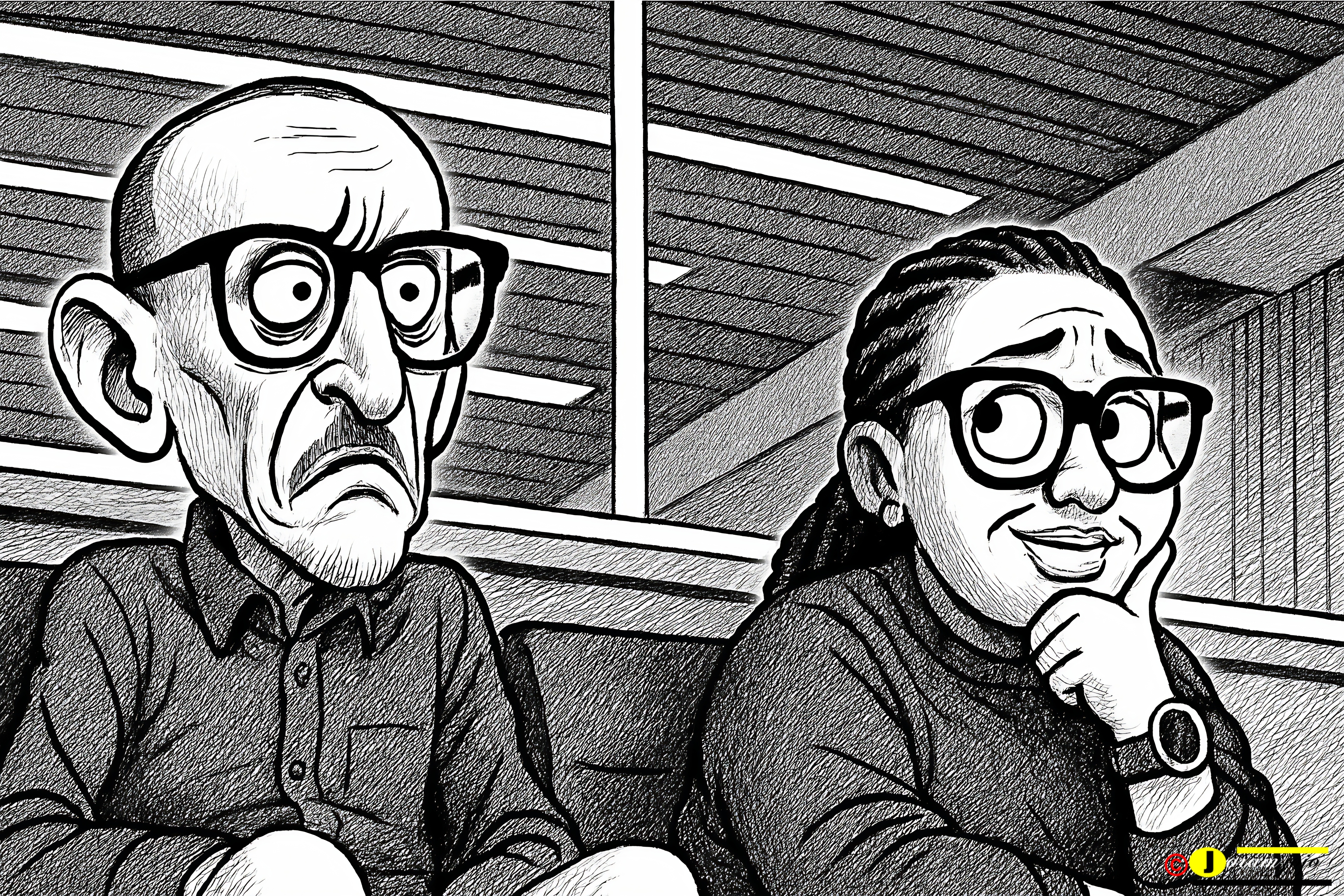
1. The Illusion of Permanence in a System Built on Flux
Kagame’s regime thrives on controlled instability—a deliberate strategy to prevent any individual or faction from becoming too entrenched. This creates an environment where:
Power is personalised, not institutionalised. Authority derives from Kagame’s favour, not formal roles.
Loyalty is rewarded only until it risks becoming autonomous. The moment a subordinate appears too independent, they are sidelined (see: Nziza, Kayumba Nyamwasa).
Factionalism is managed, not eliminated. Rival groups (military vs. civilians, old guard vs. technocrats) are kept in tension to ensure no single bloc dominates.
Mpambara’s current supremacy is a product of this system—not an exception to it.
2. Lessons from the Fallen: When Kagame’s Favour Fades
A. The Case of Jack Nziza: From Spy Chief to Non-Person
Once Kagame’s most feared enforcer, Nziza controlled military intelligence and reported directly to the president.
His closeness to Jeannette Kagame and perceived overreach in security matters led to his abrupt demotion in 2016.
The Inspector General of the Army (IGA) post was abolished after his removal—a clear message: no position is sacred if the person holding it becomes a threat.
B. Jeannette Kagame’s Diminished Influence
The First Lady was once a key political operator, shaping policy through her charity networks and alliances.
After rumours of marital discord and factional overreach, her influence waned, requiring Ugandan Criminal Museveni’s mediation to salvage her standing.
C. The Fate of “Indispensable” Technocrats
Even apolitical figures like central bank governors (e.g., John Rwangombwa) have been quietly rotated out when their technocratic independence risked political discomfort.
These examples underscore a brutal truth: In Kagame’s Rwanda, no one is truly irreplaceable.
3. Why Mpambara’s Position Is More Fragile Than It Appears
Despite her unparalleled access, Mpambara’s dominance rests on three precarious pillars:
Kagame’s Personal Trust – The moment her efficiency is perceived as ambition, her utility expires.
Lack of Autonomous Power – She has no military backing, no party base, and no public profile—making her easy to discard.
The Succession Question – If Kagame exits or reshuffles his inner circle, her influence could evaporate overnight.
The Precedent of Past Chiefs of Staff
Her predecessors (e.g., Emile Rwamasirabo) were quietly phased out when newer, more pliant aides emerged.
Kagame has a history of refreshing his inner circle to prevent complacency.
4. The Inevitability of Factional Struggles
Even in Kagame’s tightly controlled regime, hidden tensions simmer:
Military vs. Civilian Elites – Generals resent civilian upstarts like Mpambara wielding security oversight.
Old Guard vs. Technocrats – RPF veterans view her as an outsider lacking “liberation struggle” credentials.
Family Dynamics – Should Kagame’s children (e.g., Ange Kagame) seek greater roles, Mpambara’s neutrality could be tested.
These fissures are managed, not resolved—and Mpambara’s survival depends on balancing them perfectly.
5. The Historical Parallels: When Authoritarian Lieutenants Fall
Meles Zenawi’s Ethiopia – Key aides like Bereket Simon were sidelined despite decades of service.
Museveni’s Uganda – Loyalists like Amama Mbabazi were discarded once perceived as threats.
Putin’s Russia – Even Medvedev was demoted from the presidency to prime minister.
The pattern is clear: Autocrats tolerate no potential rivals, even among their most useful tools.
6. The Implications for Rwanda’s Future
Mpambara’s fragility reflects the systemic weakness of personalised rule:
Policy Paralysis – Officials focus on survival over innovation.
Succession Risks – If Kagame’s health declines, factional wars could erupt.
International Vulnerability – Donors may rethink engagement if instability looms.
The High-Wire Act of Survival
Ines Mpambara walks a razor’s edge: too powerful to ignore, but never powerful enough to challenge. Her story is not just about her—it’s about the inherent instability of authoritarian systems, where today’s kingmaker can become tomorrow’s cautionary tale.
Final Thought: “In the shadow of a throne, there are no permanent allies—only temporary survivors.”
Mpambara’s fate hinges on a question with no answer: How long can someone thrive in a system designed to make everyone expendable?
For now, she endures. But as Rwanda’s history shows, endurance is not the same as security.
10. The Precarious Future of Rwanda: A Kingdom Built on Shadows
“A tree that grows too tall without deep roots will fall at the first storm.” — Rwandan Proverb
Rwanda’s political system under Paul Kagame is a paradox—a nation lauded for its economic progress and stability, yet built on a foundation of highly personalised, unaccountable power. With real authority concentrated in the hands of a select few—chiefly Kagame and his enforcer, Ines Mpambara—the country functions more like a corporate autocracy than a state governed by institutions. The critical question for Rwanda’s future is not simply who will succeed Kagame, but whether the system itself can survive without him.
1. The Illusion of Stability: A House of Mirrors
Rwanda’s apparent stability is carefully curated, relying on:
Absolute centralisation – All major decisions flow through Kagame’s office.
Performance governance – Technocratic efficiency (e.g., clean streets, tech hubs) masks political repression.
International complicity – Donors and investors, impressed by growth metrics, turn a blind eye to democratic deficits.
But beneath this façade, the system suffers from structural fragility:
✔ No independent institutions – Courts, parliament, and ministries exist to legitimise, not challenge, executive power.
✔ No viable succession mechanism – Kagame has systematically eliminated potential rivals, leaving no clear line of authority.
✔ No culture of dissent – Fear ensures compliance but stifles innovation and crisis adaptability.
2. The Kagame Conundrum: Can the System Outlive Its Architect?
Kagame is not just Rwanda’s leader—he is its systemic keystone. His eventual departure (whether by retirement, death, or unforeseen crisis) will trigger one of three scenarios:
A. A Smooth Transition to Another Strongman
Most likely, but unstable – A handpicked successor (possibly a military figure or family member) could inherit power, but without Kagame’s revolutionary legitimacy, maintaining control would require even harsher repression.
Risk of factional wars – The RPF’s cohesion relies on Kagame’s balancing act; without him, rival cliques (military, technocrats, old guard) could fracture.
B. A Managed Oligarchy
A collective leadership model (e.g., South Africa’s ANC) might emerge, but Rwanda lacks the institutional scaffolding to sustain power-sharing.
Civil-military tensions could erupt, as seen in post-Mugabe Zimbabwe.
C. Popular Unrest and Collapse
Least likely in the short term – Rwanda’s surveillance state is adept at crushing dissent.
Long-term risk – Younger generations, less traumatised by genocide and more exposed to global ideas, may eventually demand change.
3. The Economic Mirage: Growth Without Resilience
Rwanda’s economic “miracle” is real but precarious:
✔ Dependent on donor funding (≈30% of the budget).
✔ Built on elite monopolies (e.g., Crystal Ventures’ corporate empire).
✔ Vulnerable to shocks – A withdrawal of Western aid (e.g., over human rights concerns) could trigger a crisis.
Without political reform, the economy risks hitting a ceiling—much like Ethiopia under the EPRDF before its collapse.
4. The Regional and International Dilemma
Western allies (UK, US, EU) face a moral quandary: Continue supporting a regime that delivers development but crushes freedoms?
African neighbours (Uganda, DR Congo) watch warily—a destabilised Rwanda could spill chaos across the region.
China’s role – Beijing may prop up Kagame’s successor (as in Zimbabwe), but at the cost of deeper debt traps.
5. The People’s Paradox: Fear vs. Fatigue
Older generations may tolerate repression, valuing stability over liberty.
Urban youth, however, increasingly chafe under joblessness, surveillance, and enforced patriotism.
The diaspora remains a wildcard—exiled dissidents could mobilise if cracks appear.
The Inevitable Reckoning
Rwanda’s future hinges on a simple truth: No system reliant on one man can endure indefinitely. Kagame has built a nation in his image—efficient, disciplined, and fearfully obedient. But like Mobutu’s Zaire or Gaddafi’s Libya, personalist regimes often crumble when the leader exits, leaving chaos in their wake.
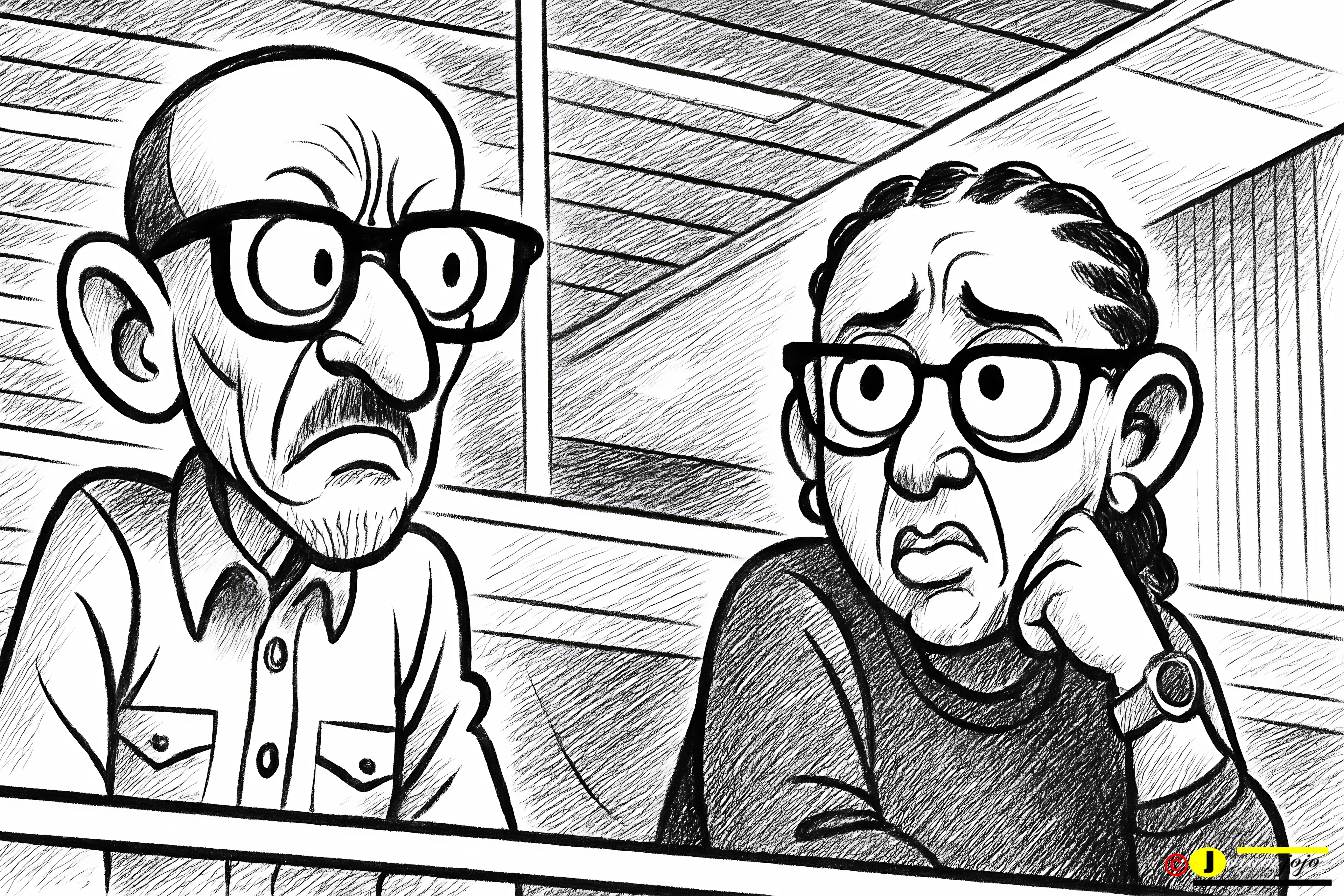
“A kingdom held together by fear does not outlive its king—it merely awaits the next conqueror.”
Rwanda’s tragedy may not be Kagame’s rule, but what follows when the ruler is gone. Will the nation transition peacefully, or will the centre finally fail to hold?
The clock is ticking.
Counterarguments: Is Rwanda’s Stability Worth the Cost?
“A house built on fear may stand tall, but its foundations are brittle.” — Rwandan Proverb
The debate over Rwanda’s governance under President Paul Kagame is a study in contradictions. To his supporters—both domestic and international—he is the visionary leader who rescued Rwanda from genocide and transformed it into an African success story. To his critics, he is an autocrat whose iron-fisted rule, while delivering short-term gains, has mortgaged the country’s long-term future. The central question remains: Can a nation achieve true prosperity when its stability is built on repression rather than trust, and growth is prioritised over freedom?
The Case for Kagame’s Rwanda: Stability and Growth at Any Cost
1. Post-Genocide Recovery: “Better Safe Than Sorry”
Supporters argue that Rwanda’s traumatic history justifies its rigid control:
Genocide prevention – After the 1994 slaughter of 800,000 Tutsis and moderate Hutus, Kagame’s regime has ensured zero large-scale ethnic violence—a feat few thought possible.
Security first – In a region plagued by coups (Burundi), insurgencies (DRC), and chaos (South Sudan), Rwanda’s stability is an outlier worth preserving.
2. Economic Transformation: “The Ends Justify the Means”
Kagame’s Rwanda is hailed as a developmental miracle:
Rapid GDP growth (averaging 7% pre-pandemic).
Poverty reduction (from 60% in 2000 to 38% in 2020).
Tech hub ambitions – Kigali’s innovation drive (e.g., drones, coding academies) attracts global investors.
For many ordinary Rwandans—especially those who remember 1994—this progress feels like a fair trade for political freedoms.
3. International Plaudits: “If It Works, Don’t Fix It”
Western donors and institutions (World Bank, IMF, UK, US) often turn a blind eye to rights abuses, praising Rwanda for:
Low corruption (by African standards).
Gender parity (64% female MPs, the highest globally).
Ease of doing business (top reformer in World Bank rankings).
The implicit argument: What good are democratic ideals if they lead to chaos?
The Case Against Kagame’s Rwanda: A Faustian Bargain
1. The Illusion of Permanence
Critics warn that stability enforced by fear is not true stability:
No institutions, no resilience – By gutting independent courts, media, and civil society, Kagame has created a system that cannot self-correct.
The succession time bomb – When Kagame exits, the lack of viable leadership pipelines risks violent factionalism (see: post-Mugabe Zimbabwe).
2. The Human Cost of “Development”
Economic gains come with brutal trade-offs:
Forced disappearances (e.g., critics like Kizito Mihigo).
Mass surveillance – Neighbours spy on neighbours, breeding paranoia.
Exile of intellectuals – Over 200,000 Rwandans (per UN estimates) live abroad, many fearing persecution.
As one exiled journalist put it: “Rwanda is a beautifully painted pot—but lift the lid, and it’s full of scorpions.”
3. The Myth of “Apolitical” Growth
Even Rwanda’s vaunted economy has cracks:
Debt dependency – External debt has tripled since 2012 (now ~70% of GDP).
Elite capture – Companies tied to Kagame’s inner circle (e.g., Crystal Ventures) dominate key sectors.
Rural stagnation – While Kigali gleams, 80% of Rwandans still rely on subsistence farming.
Without political reform, this model risks hitting a hard ceiling—much like Ethiopia’s before its civil war.
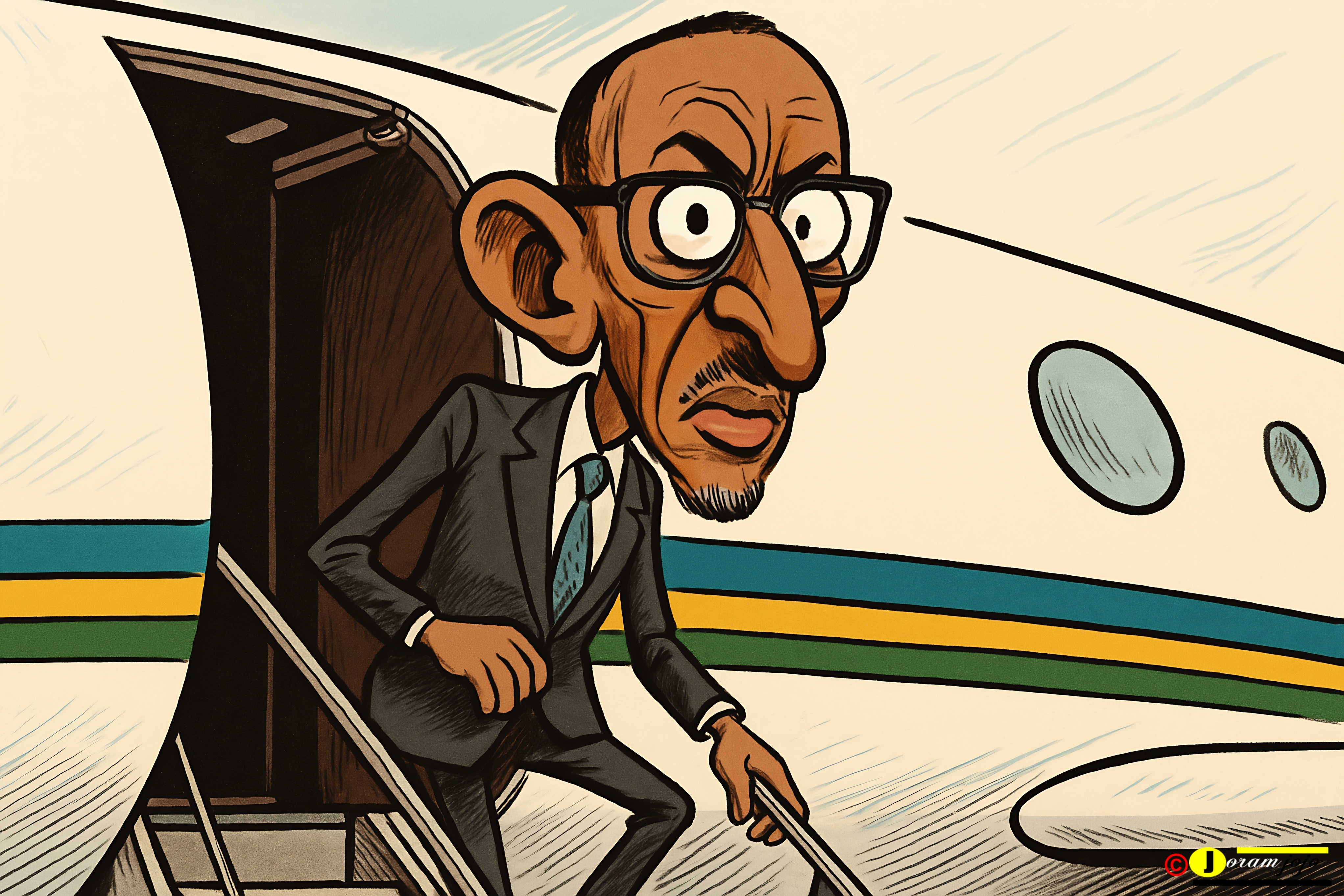
The Middle Ground: A False Dichotomy?
Some argue the debate itself is flawed—that stability and freedom need not be mutually exclusive:
Botswana combined democracy with steady growth.
Ghana proves competitive elections don’t derail development.
Rwanda’s tragedy, then, is not that it prioritised order—but that it mistook dictatorship for the only path to progress.
Prosperity Without a Soul?
Rwanda stands at a crossroads. It can either:
Continue trading liberty for “stability”—until the system’s inherent brittleness triggers crisis.
Gradually empower institutions—risking short-term turbulence for long-term resilience.
Kagame’s legacy hinges on this choice. For now, Rwanda remains a paradox: a nation rebuilding itself with one hand while the other tightens the noose.
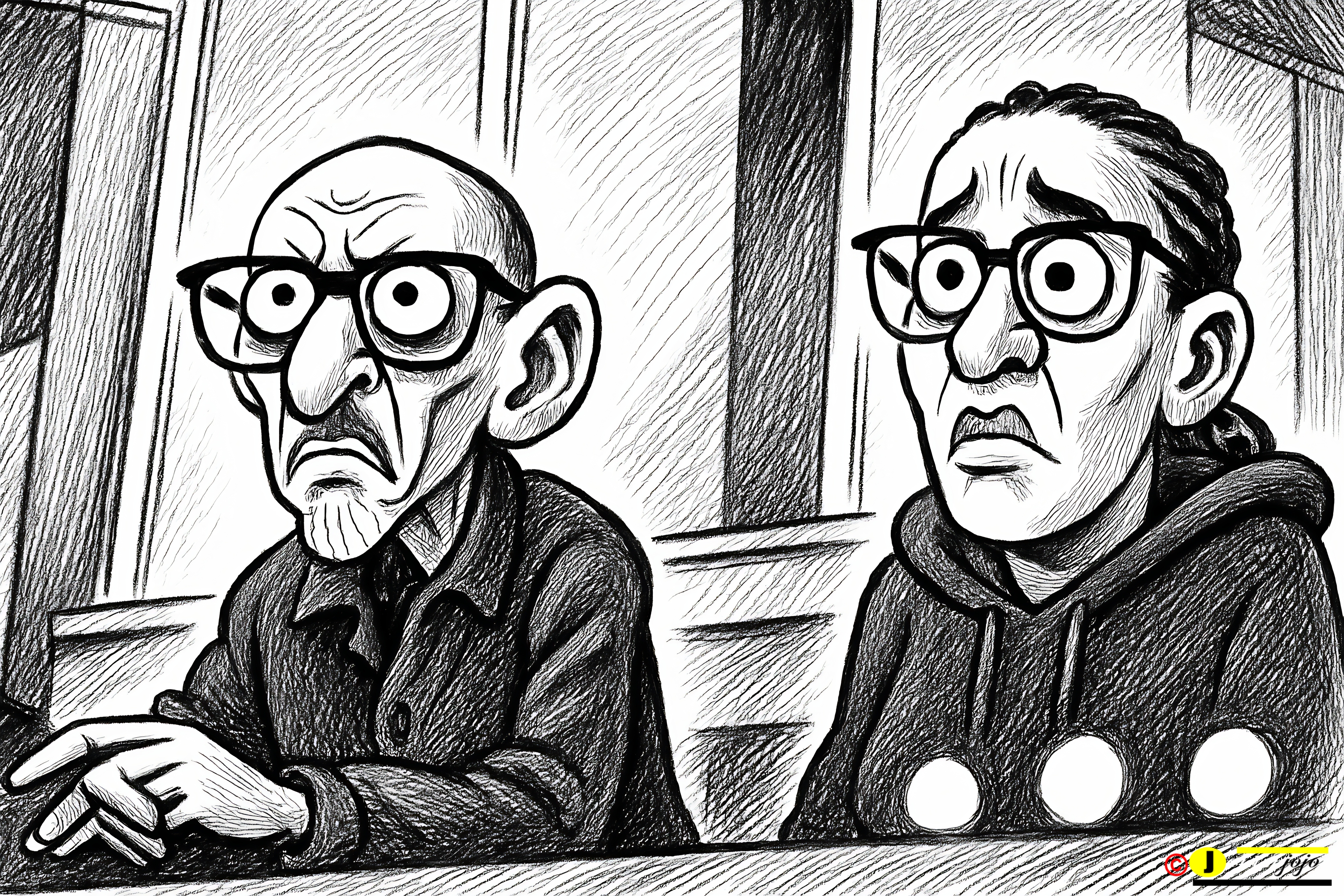
“You cannot heal a wound by pretending it isn’t there.”
Rwanda’s stability is real—but so are its scars. True prosperity demands more than clean streets and rising GDP. It requires a society where people can breathe without fear.
The world watches: will Rwanda’s future be a triumph of resilience—or a cautionary tale of repression’s limits?
Conclusion: The Unseen Hand of Power – Rwanda’s Shadow Governance Exposed
“When the lion rules the jungle, even the wind dare not rustle the leaves without permission.” — Rwandan Proverb
In Rwanda’s meticulously choreographed political theatre, the most powerful figures are often those who operate in the wings—unseen, unaccountable, and utterly indispensable. While the world sees the official portraits of President Paul Kagame alongside his prime minister and cabinet, the true architect of daily governance sits not in the limelight, but in the shadows of Kagame’s office: Ines Mpambara, the de facto prime minister of Rwanda.
Her influence—over ministries, budgets, security briefings, and even the nation’s digital narrative—reveals a fundamental truth about Kagame’s regime: Rwanda is not governed by institutions, but by a closed circle of enforcers whose power derives solely from the president’s trust.
The Price of “Efficiency” Without Accountability
Mpambara’s silent dominance epitomises the paradox of Rwanda’s system:
✔ It works – Decisions are swift, corruption is minimised (at least among those outside the inner circle), and macroeconomic indicators impress.
✔ But at what cost? – By bypassing formal governance structures, the regime has:
Hollowed out institutions, leaving no checks on executive power.
Stifled innovation, as bureaucrats fear overstepping invisible boundaries.
Created a brittle state—one that functions smoothly only because dissent is preemptively crushed.
As journalist Rebecca MacKinnon observed, the digital age has made it harder for regimes to conceal their secrets. Yet in Rwanda, the machinery of power remains opaque by design, shielded by layers of loyalty and fear.
The Illusion of Government vs. The Reality of Rule
The uncomfortable question lingers: Does Rwanda truly have a government—or just a ruler and his enforcers?
The prime minister’s office is a protocol unit.
Parliament rubber-stamps.
Ministers execute orders, not policies.
This is not governance—it is centralised administration, where efficiency is achieved by eliminating debate, not fostering it.
The Fatal Flaw: What Happens When the Hand Trembles?
History teaches us that personalist regimes collapse in one of two ways:
Violent implosion (e.g., Gaddafi’s Libya).
Slow decay (e.g., Mugabe’s Zimbabwe).
Rwanda’s system, for all its precision, is no exception. By refusing to institutionalise power, Kagame has made his nation hostage to his lifespan. When he exits, the absence of credible successors or independent structures risks plunging Rwanda into a crisis of its own making.
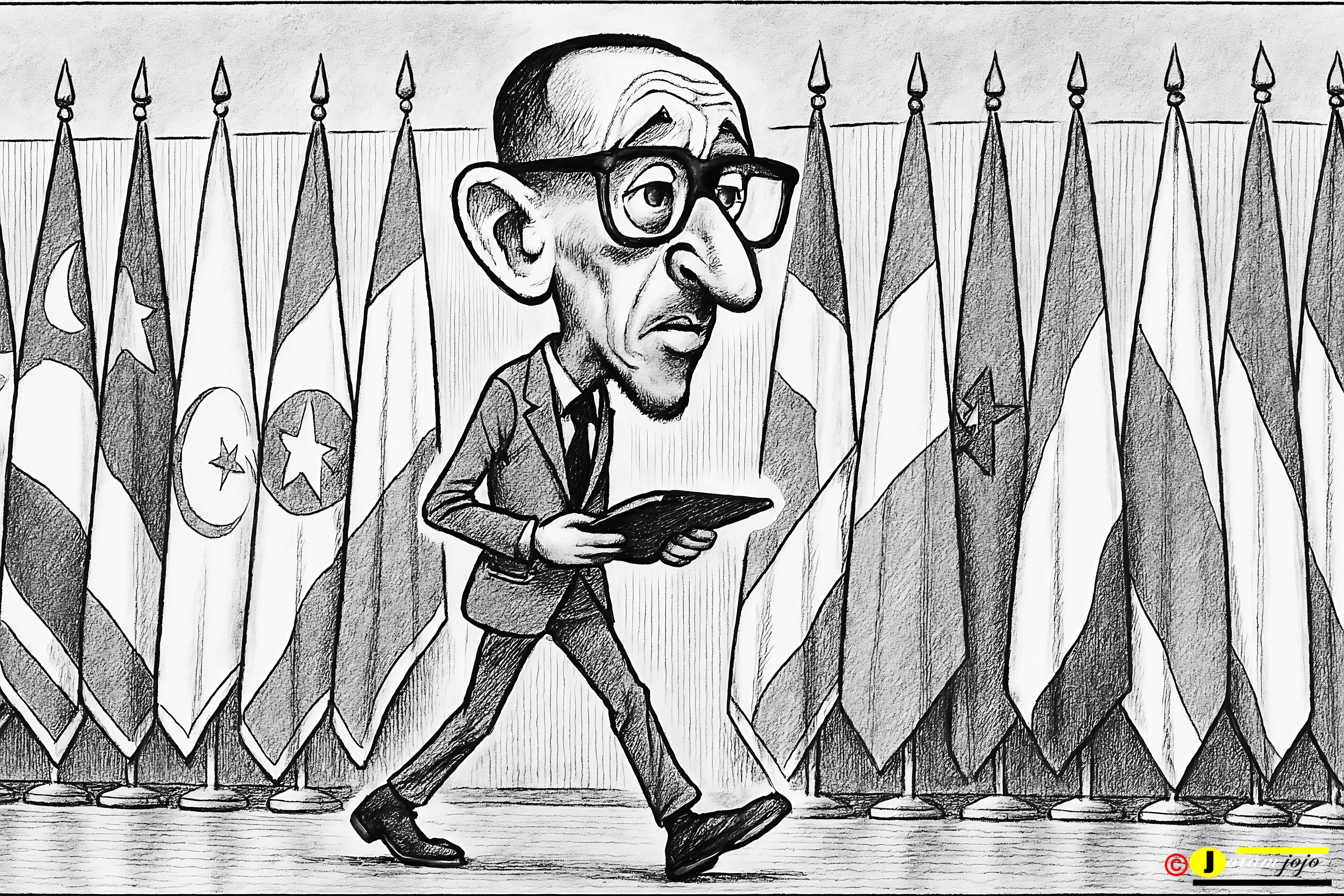
Final Reflection: The Limits of Fear-Based Order
Kagame’s Rwanda is a masterclass in control, but true stability cannot be sustained indefinitely through repression. A nation’s strength lies not just in its GDP growth or clean streets, but in the resilience of its institutions and the trust of its people.
Food for thought: If a tree flourishes only when the gardener stands watch, is it truly alive—or merely preserved?
Rwanda’s unseen hand of power may keep the machine running today. But tomorrow? That remains the regime’s greatest unanswered question.
Sub delegate
Joram Jojo

